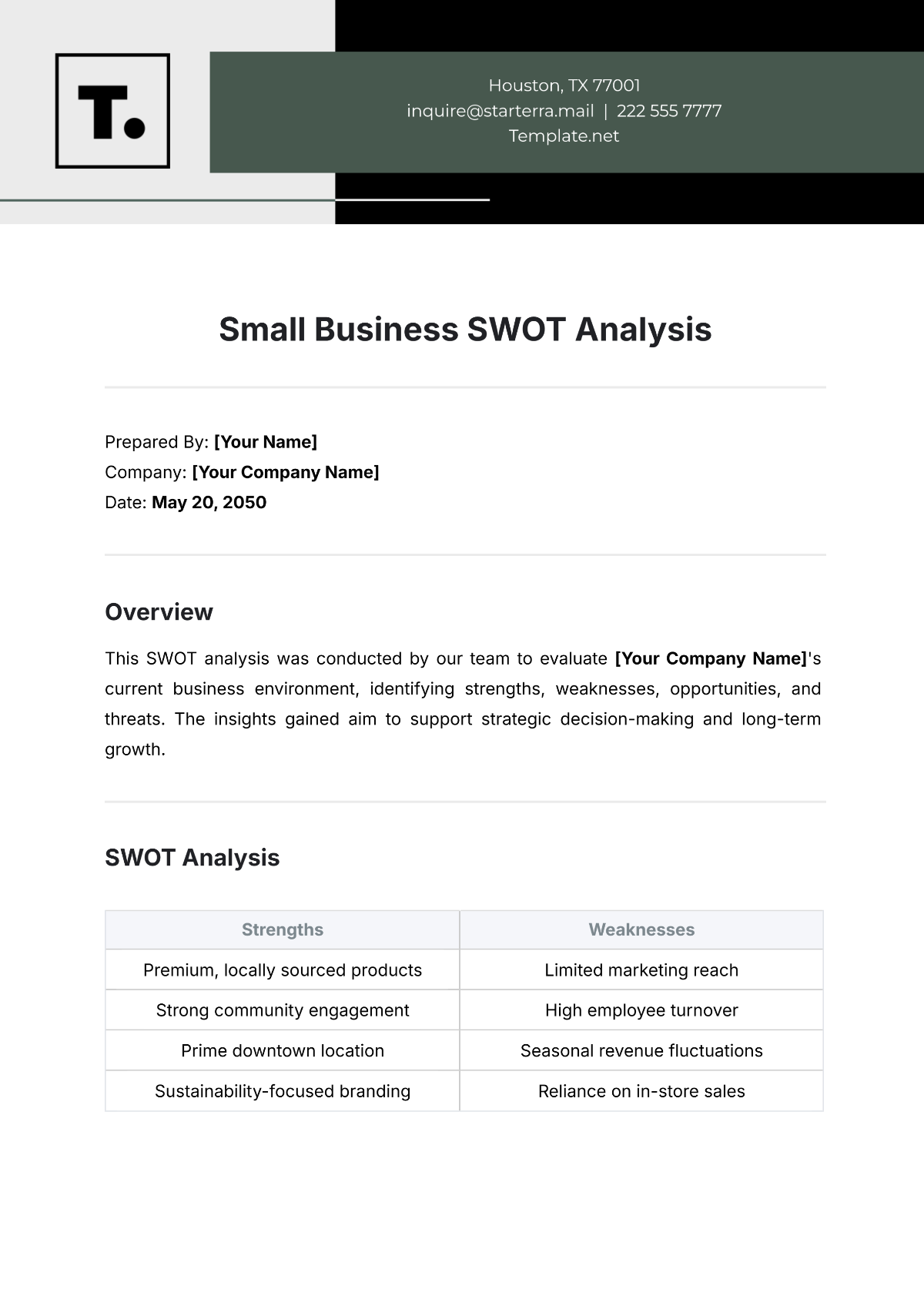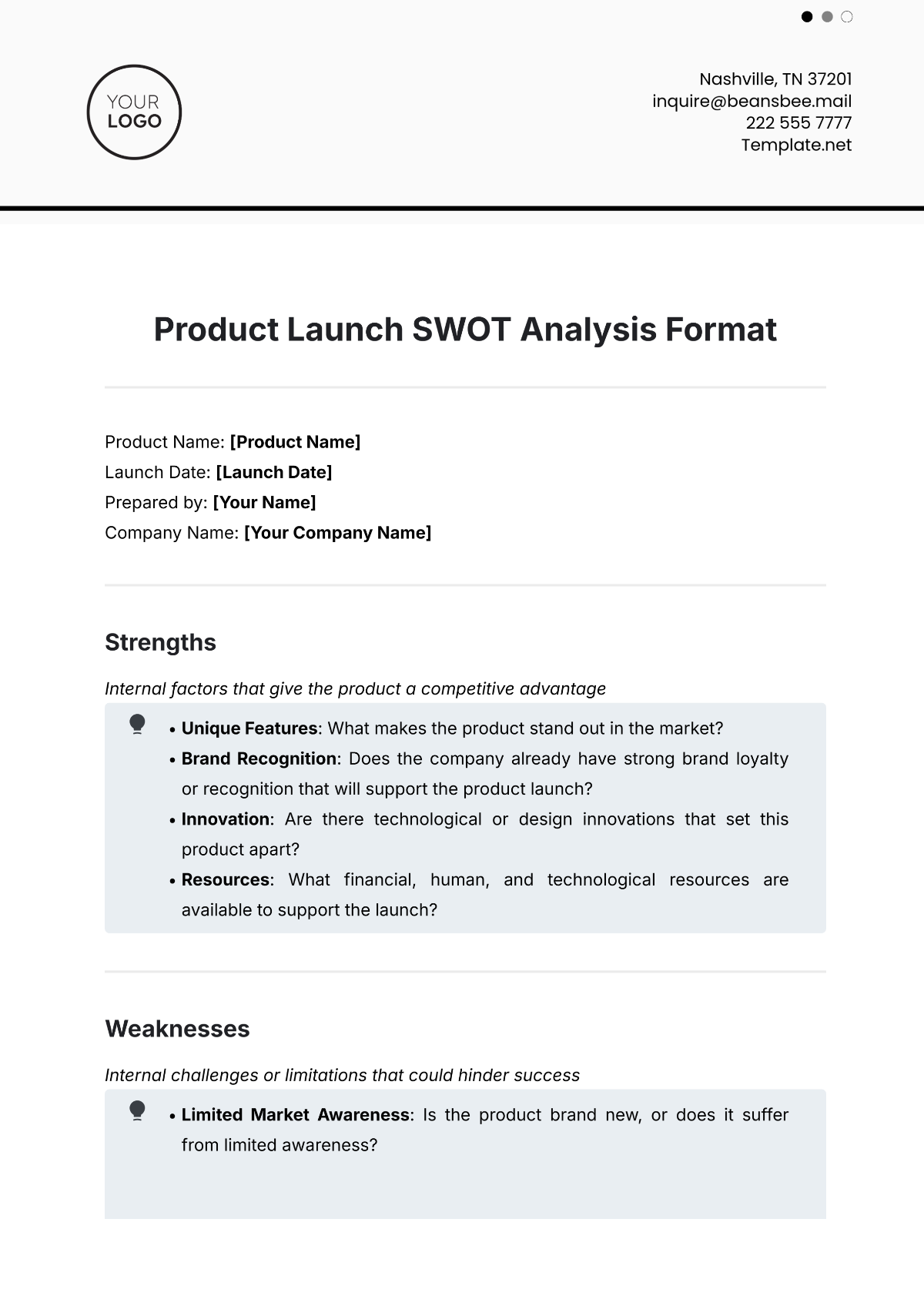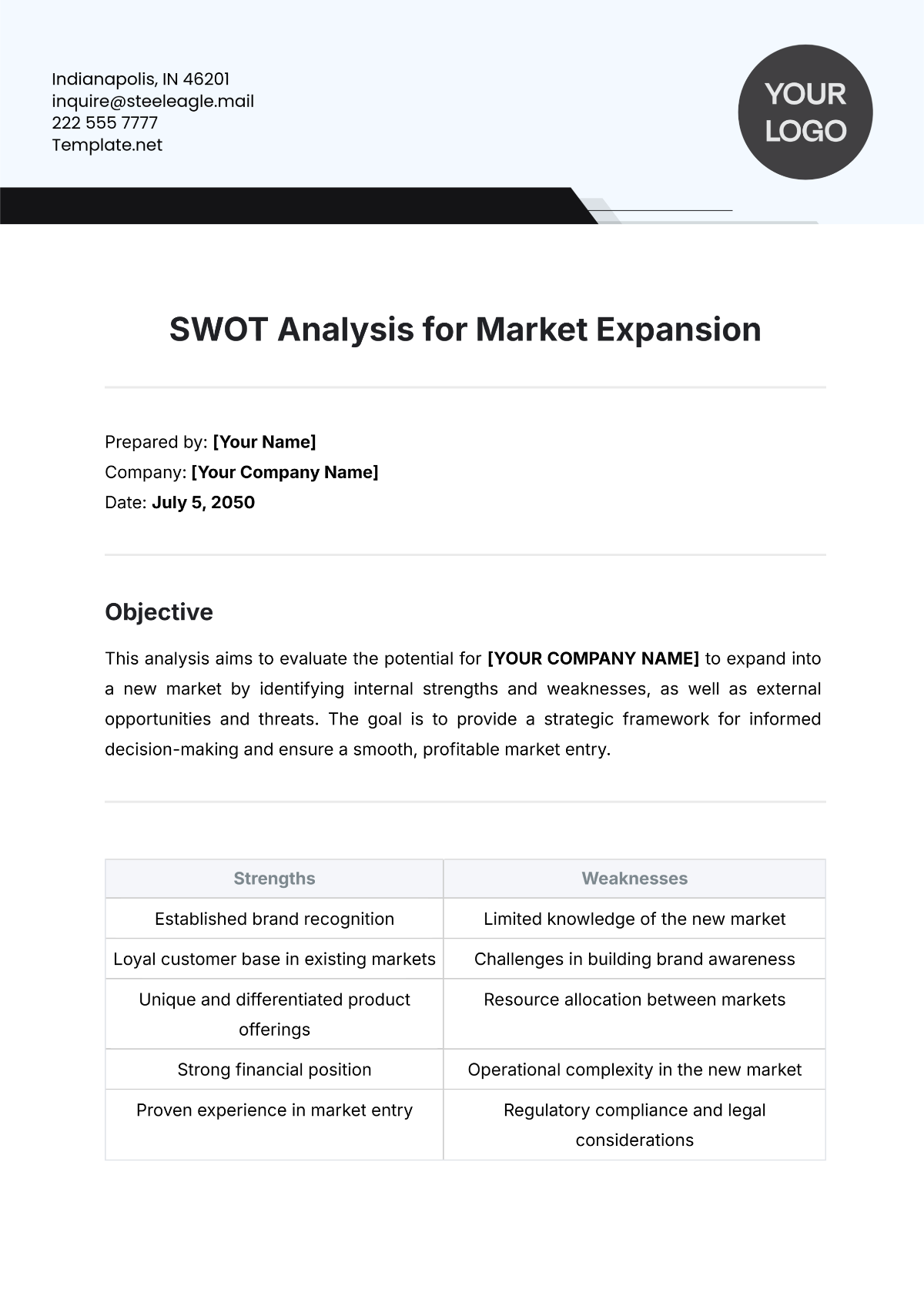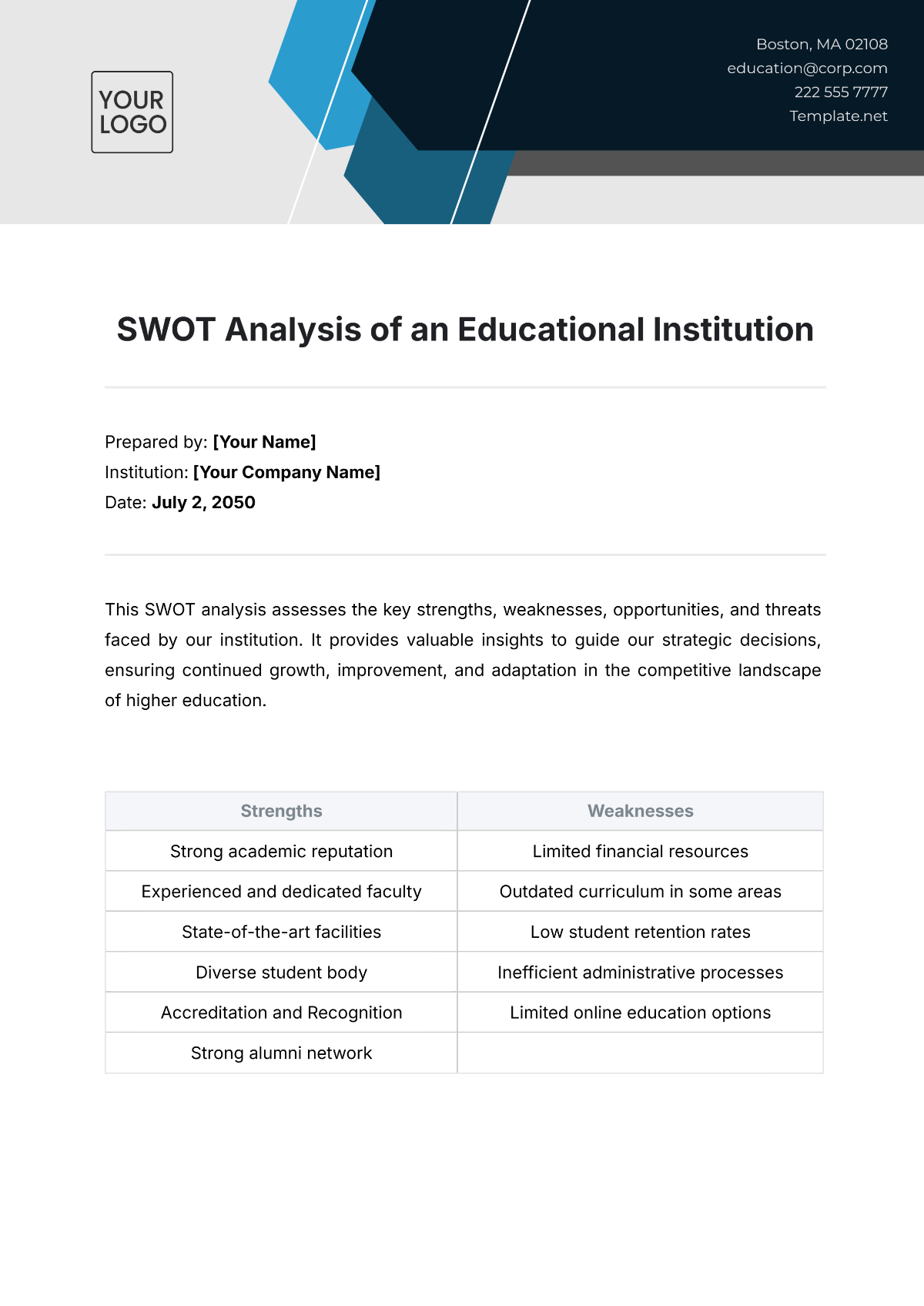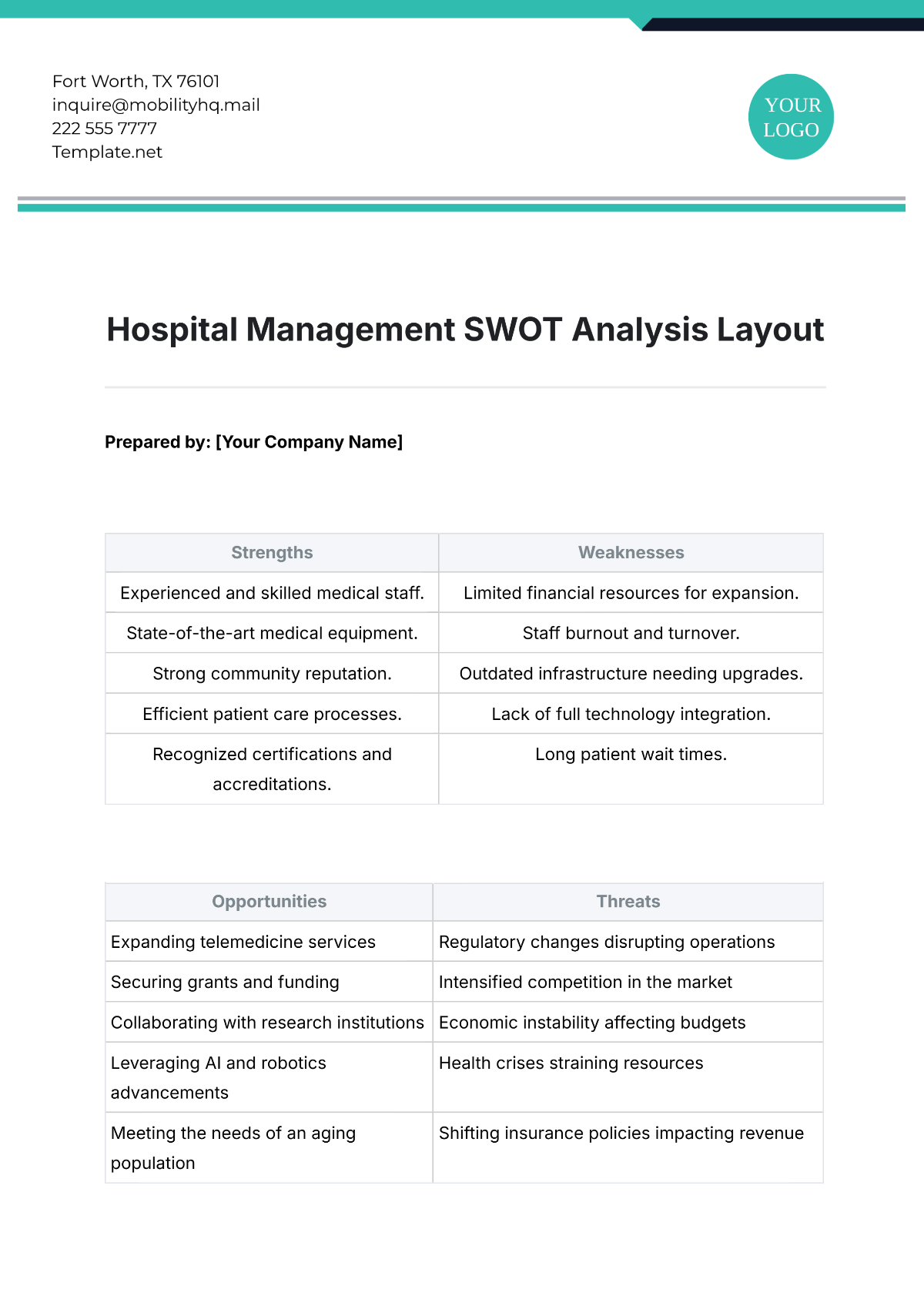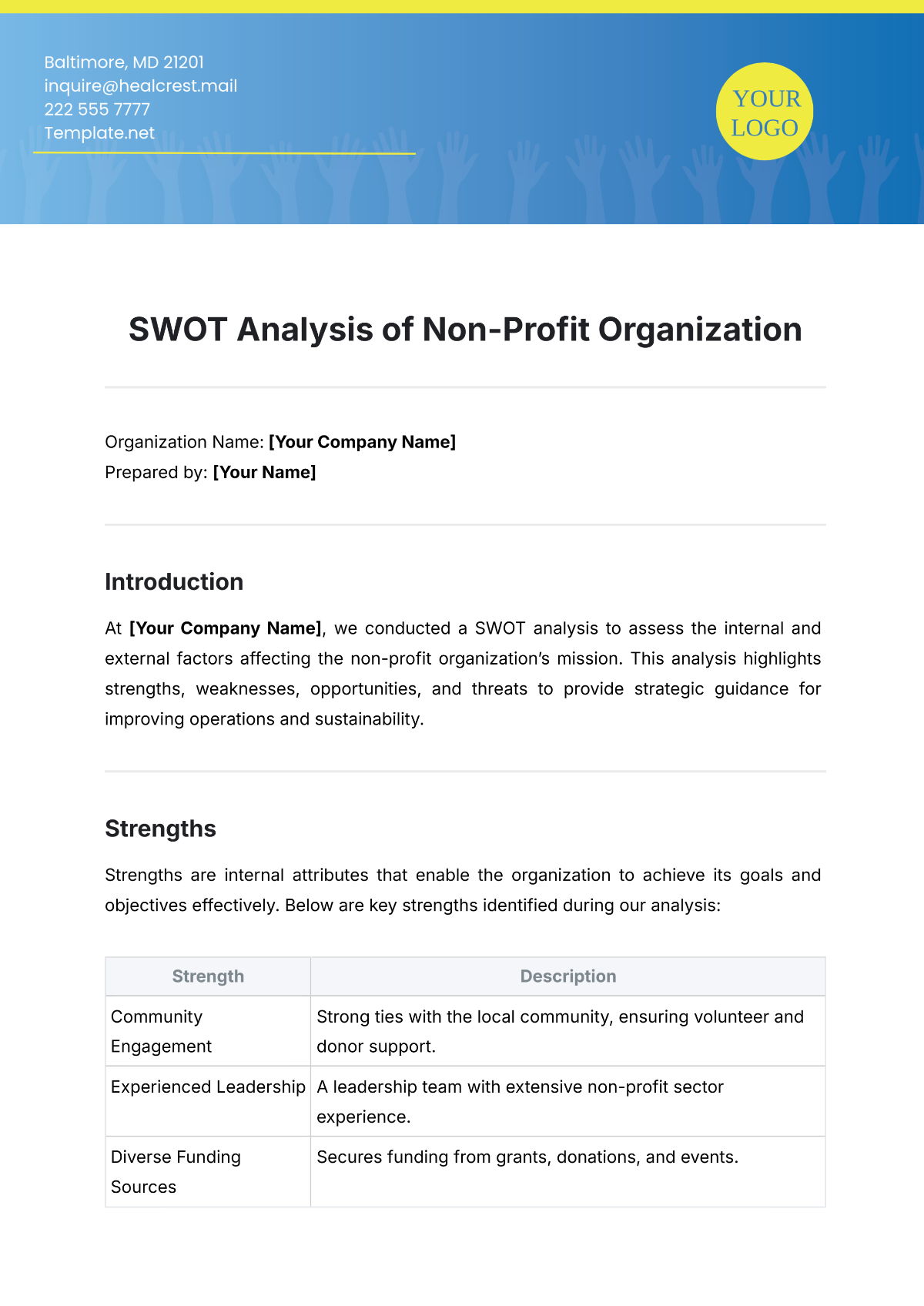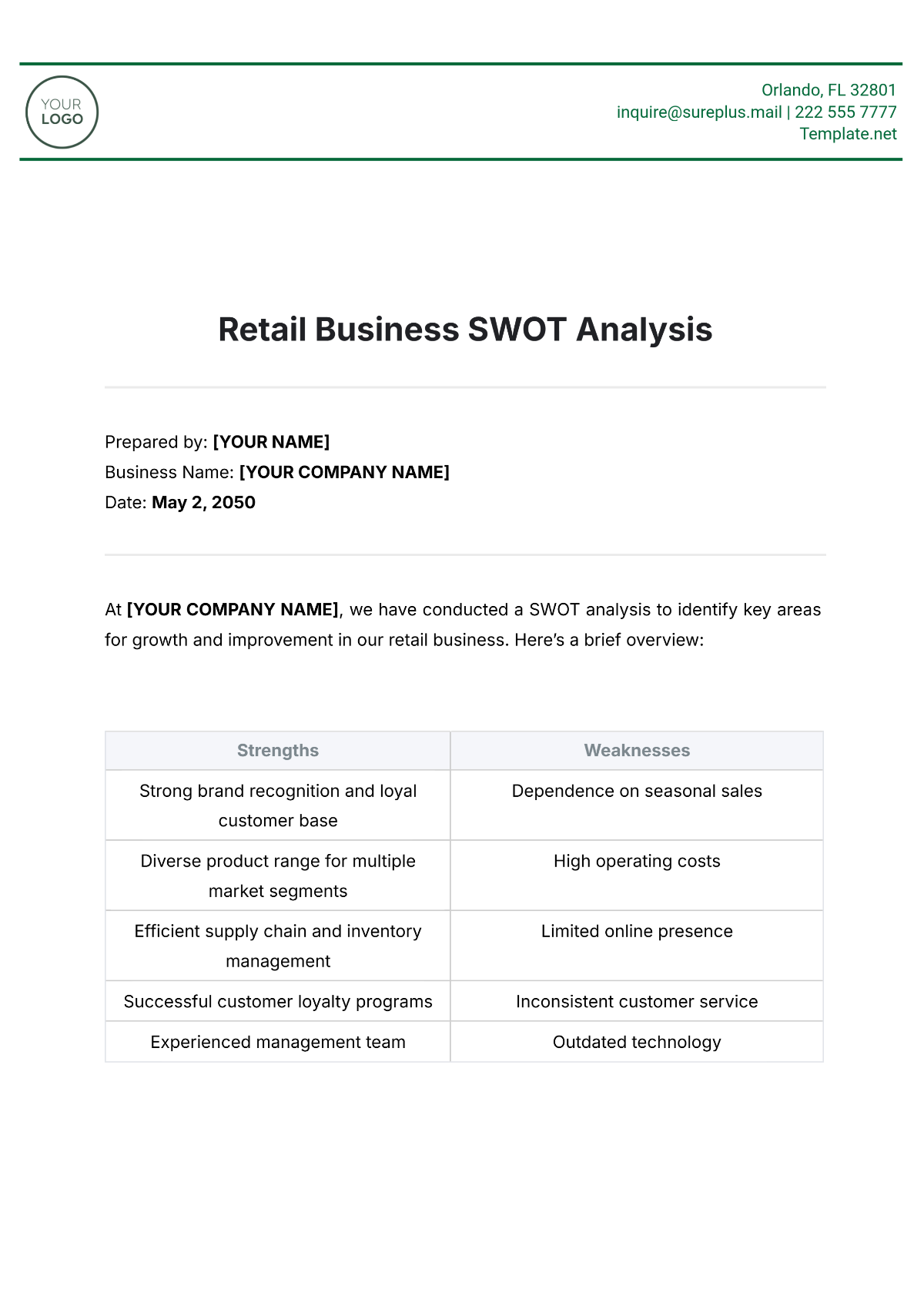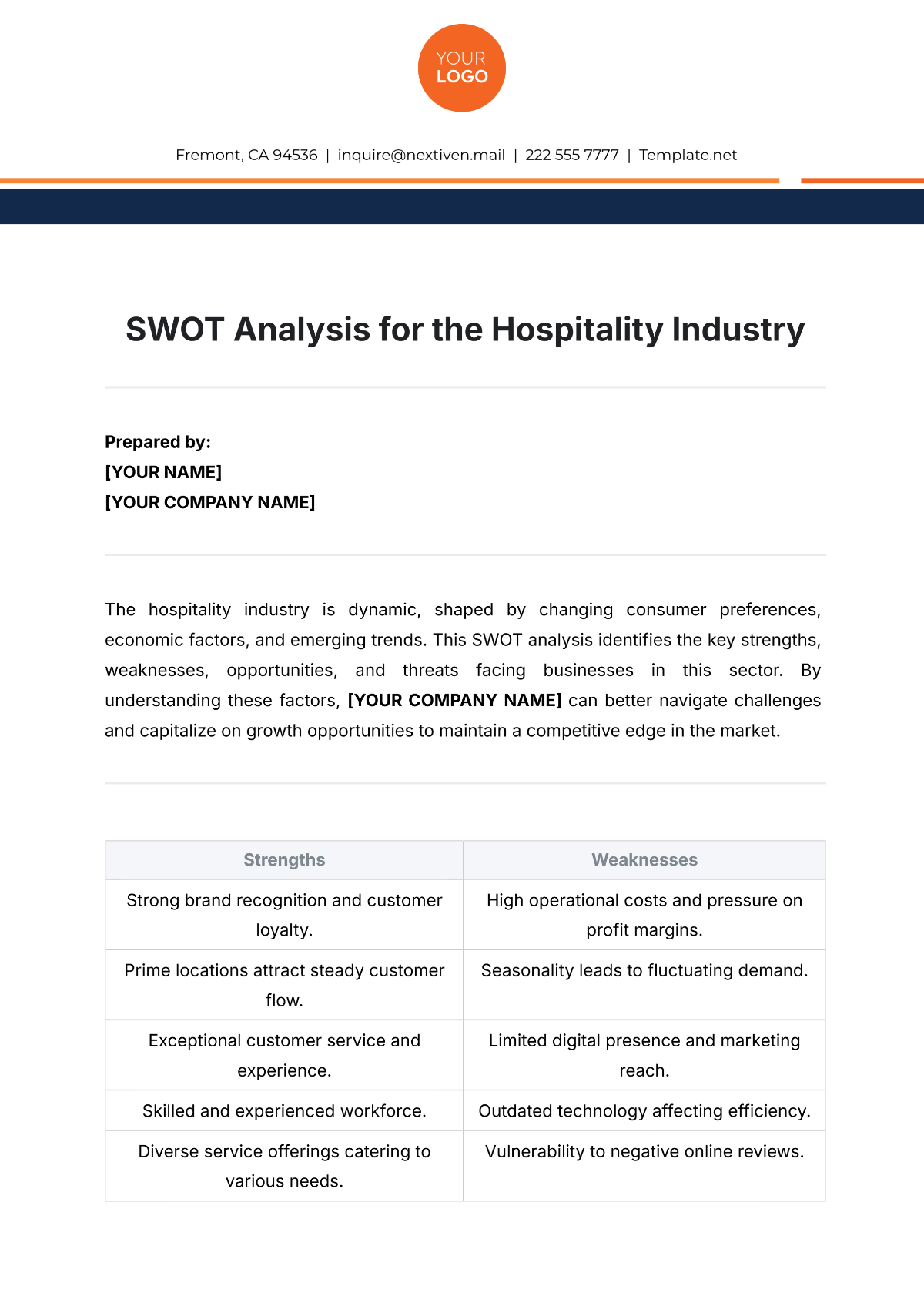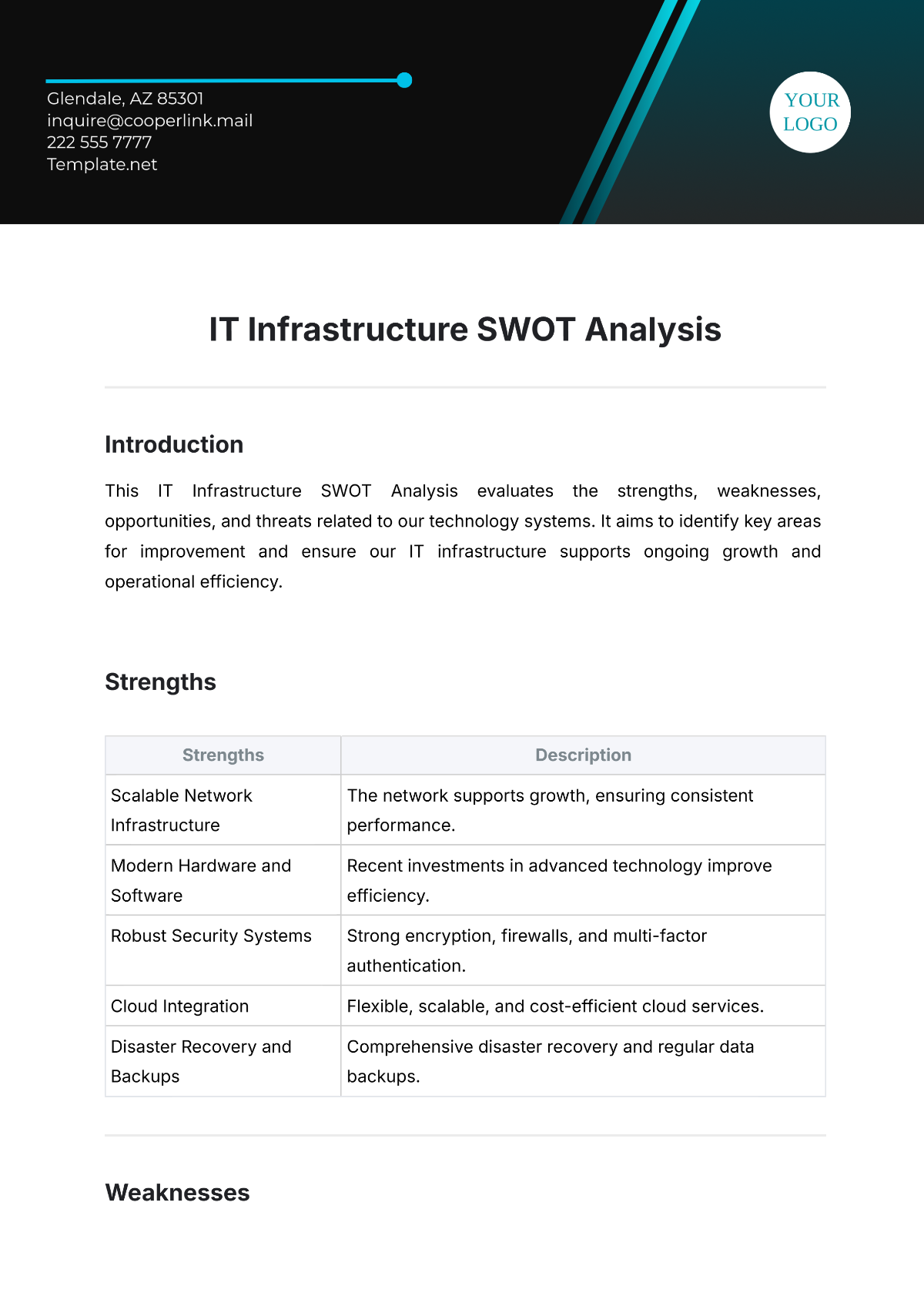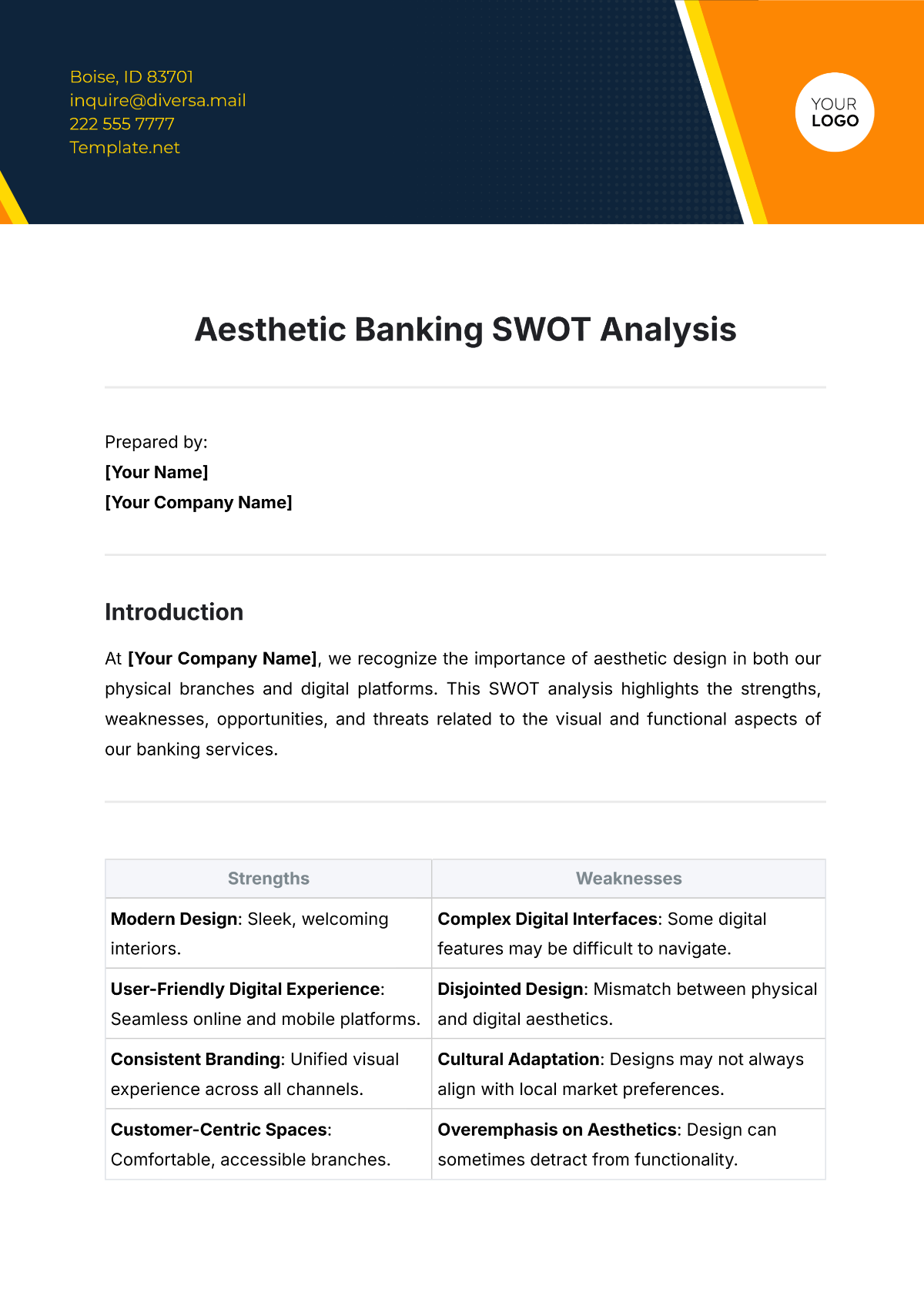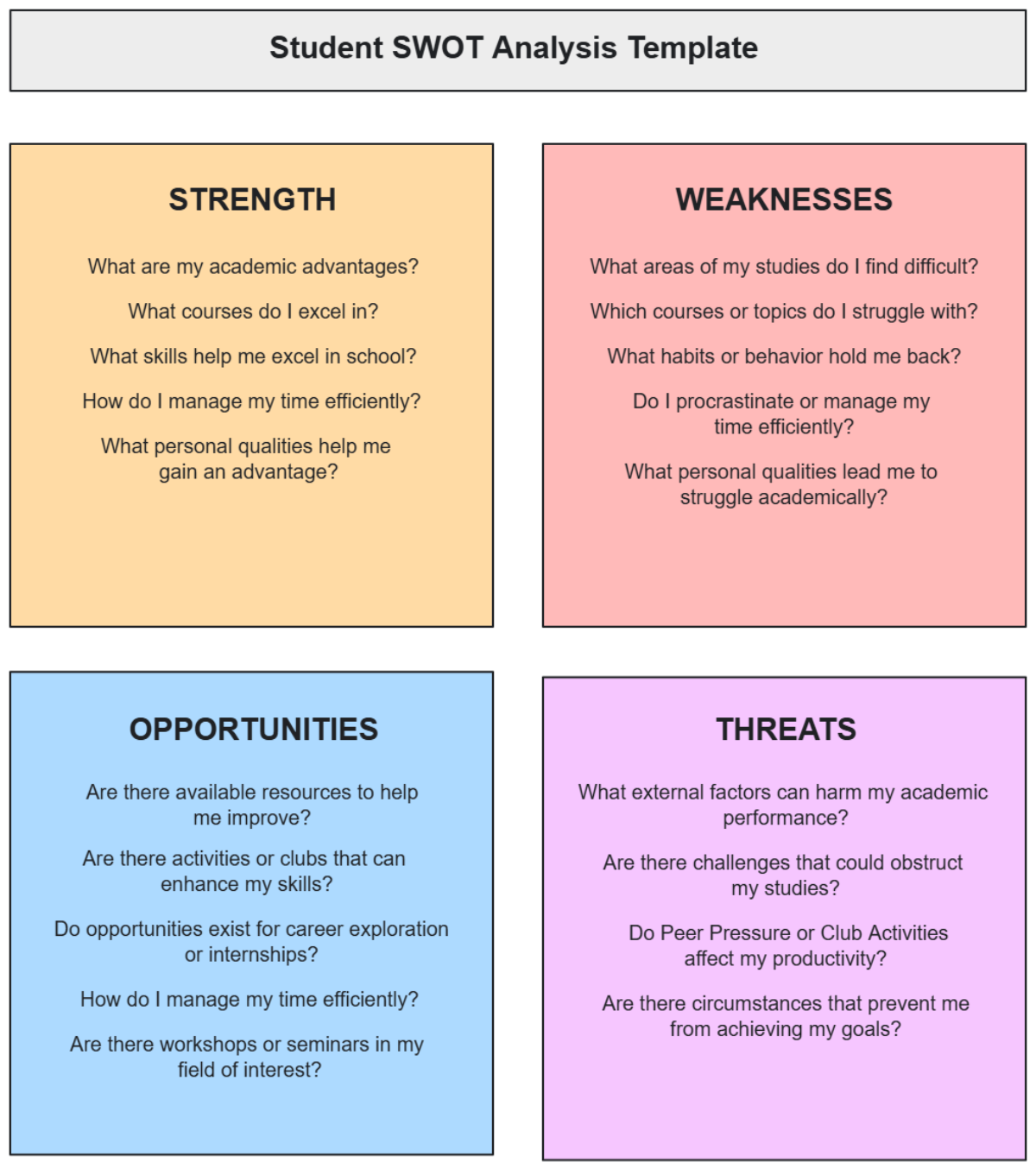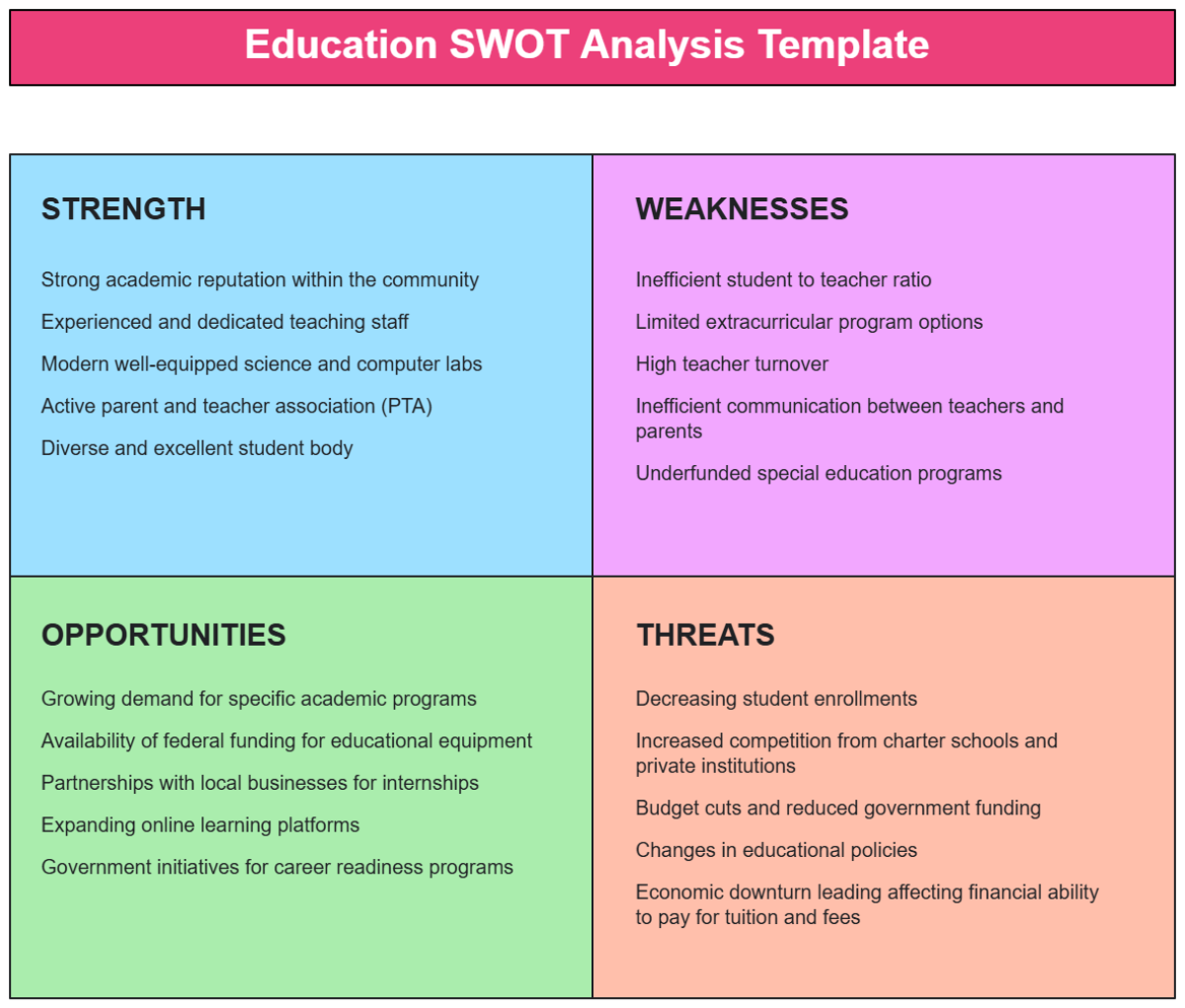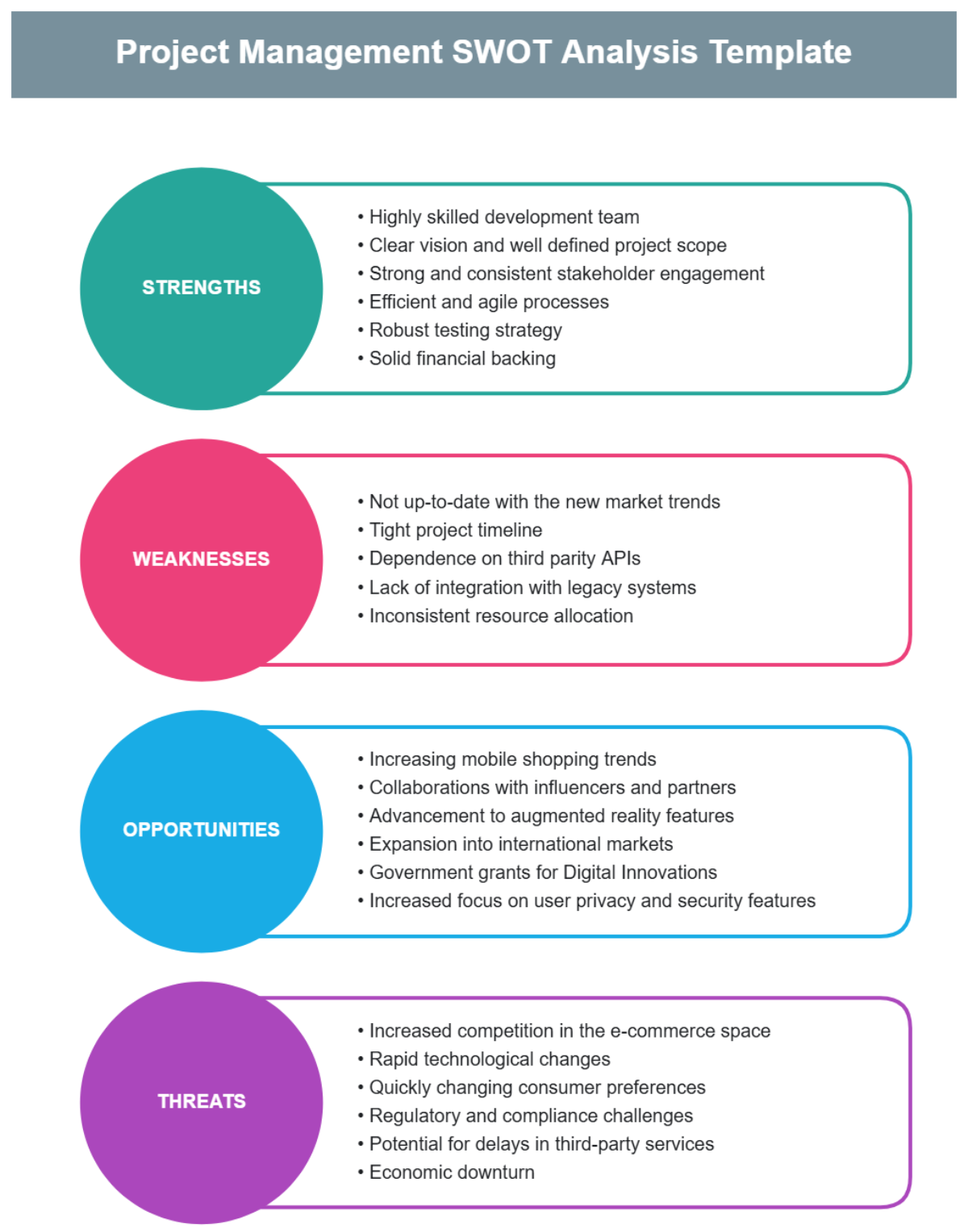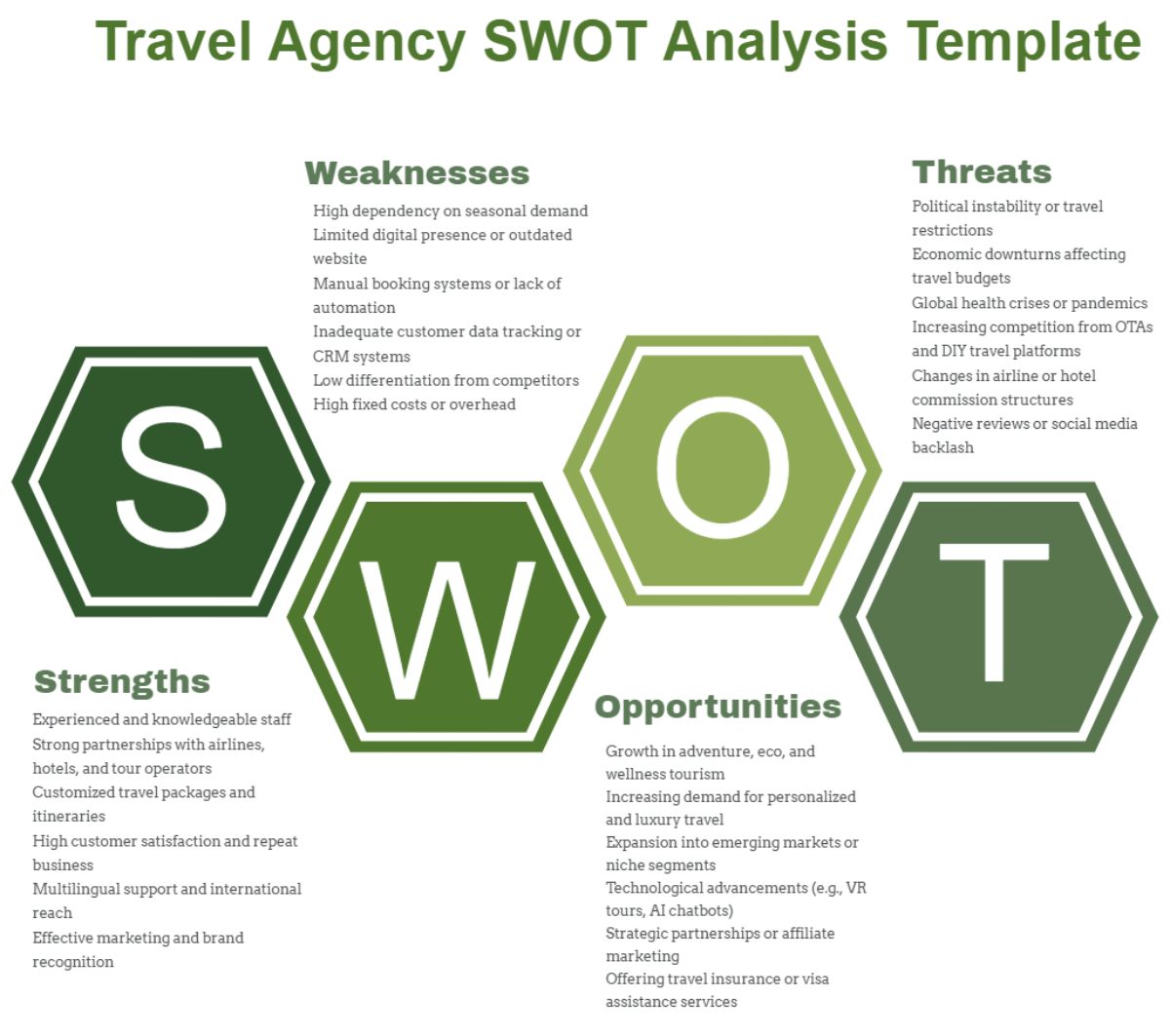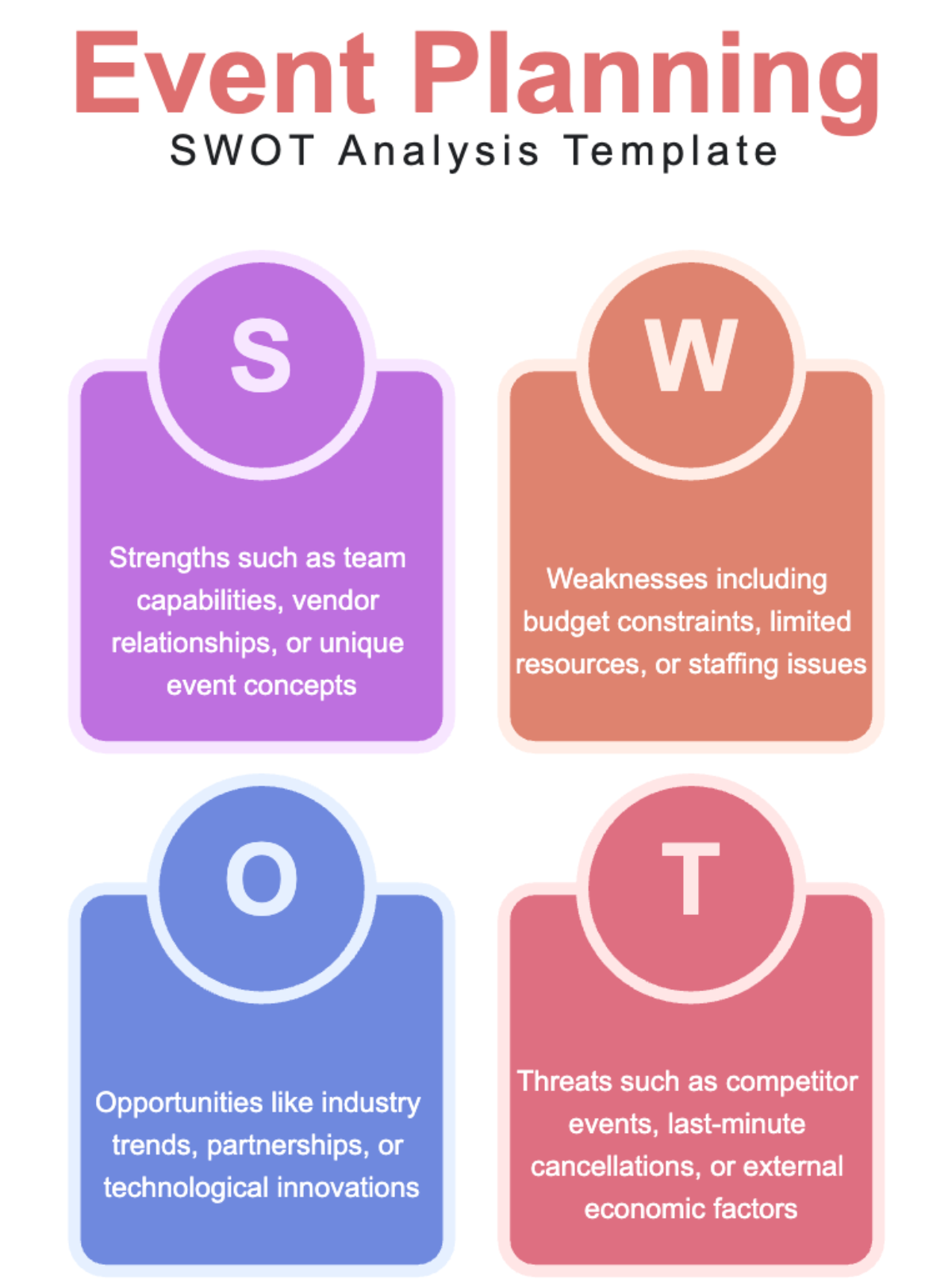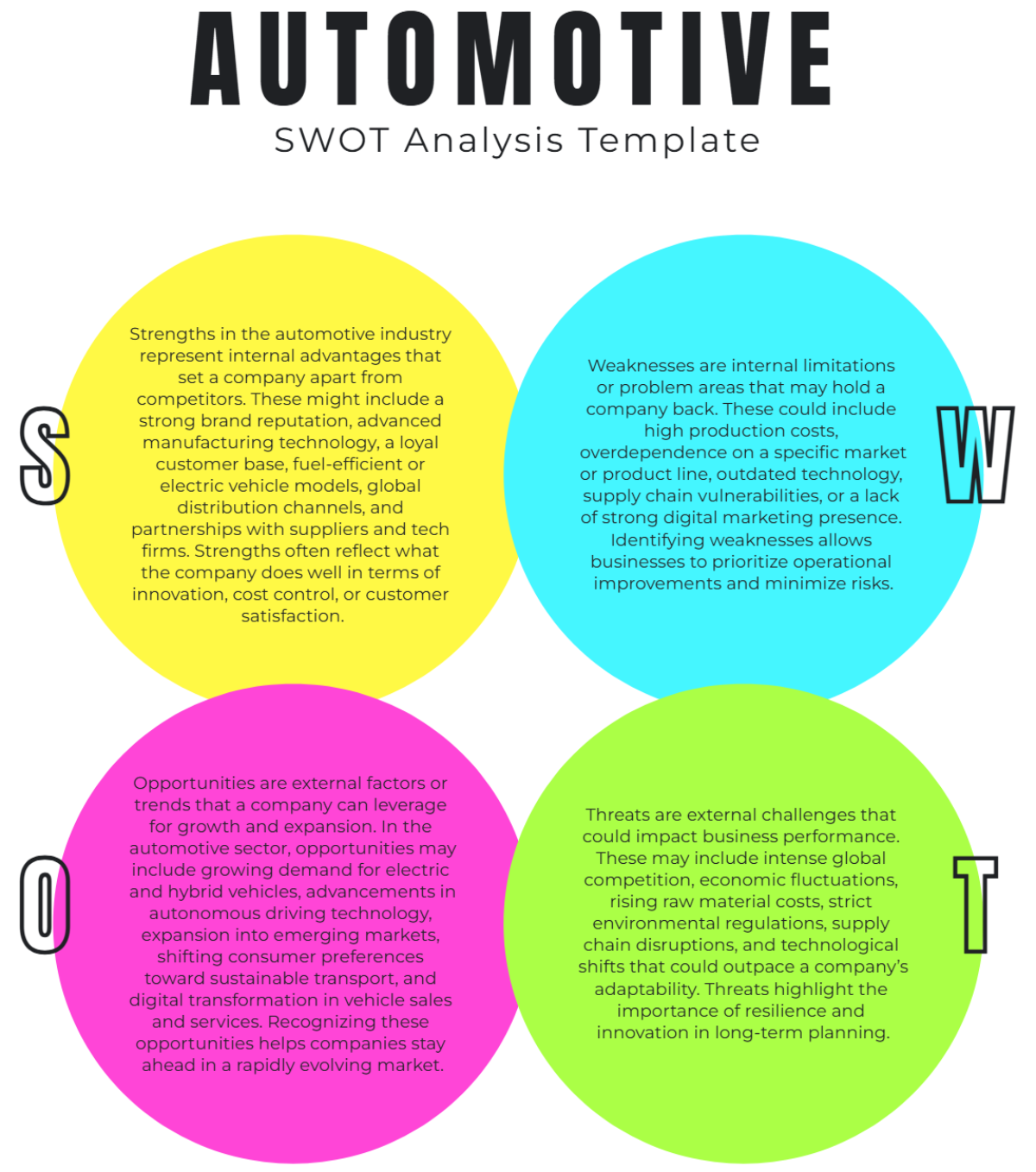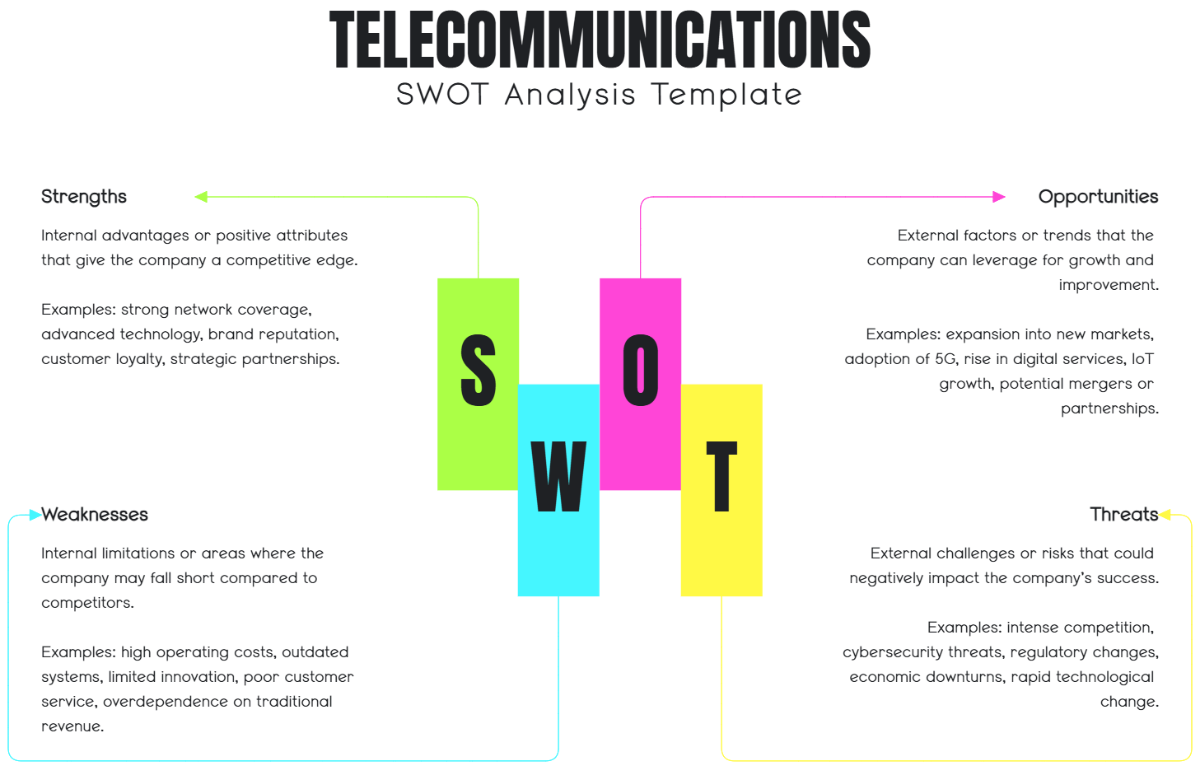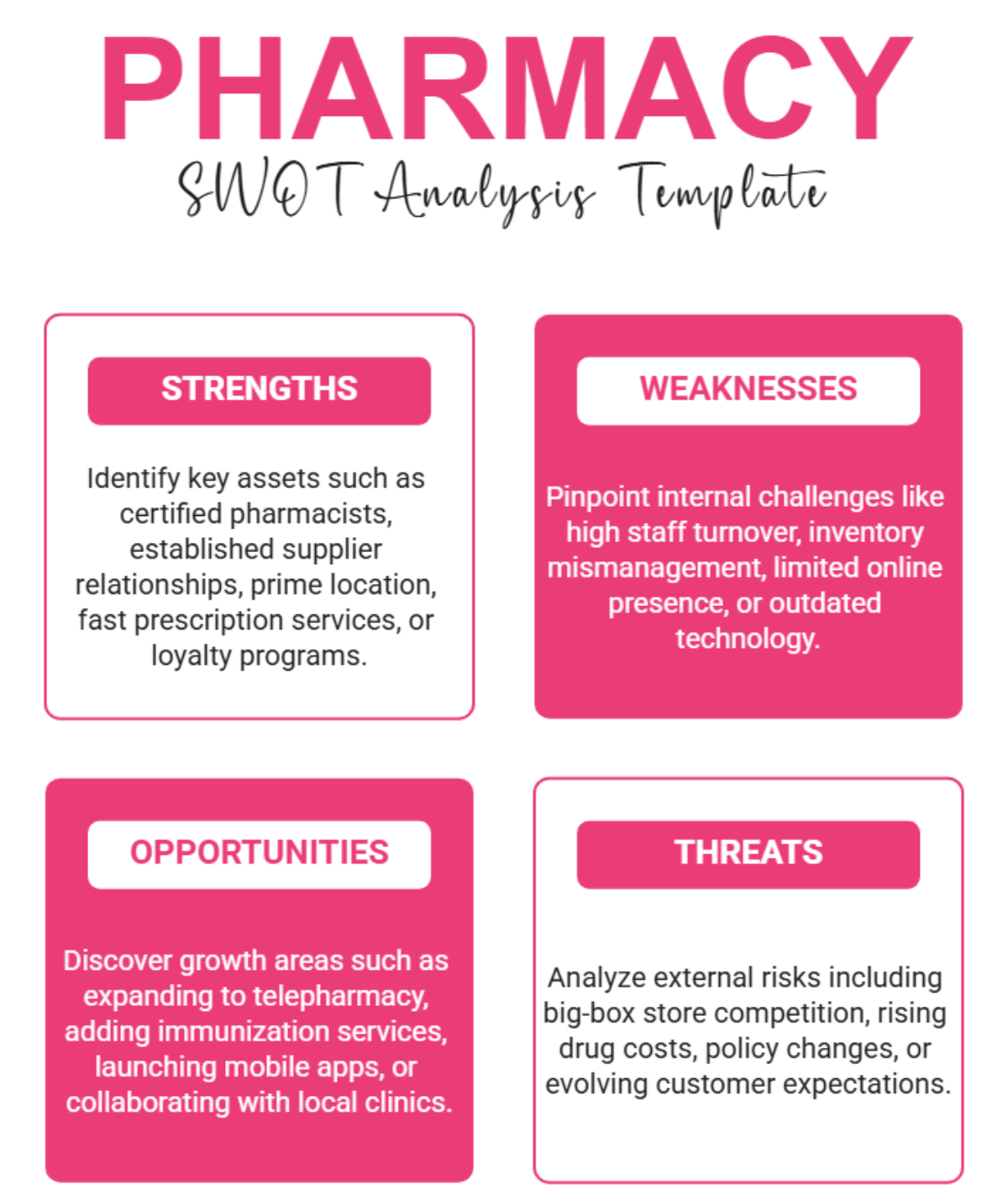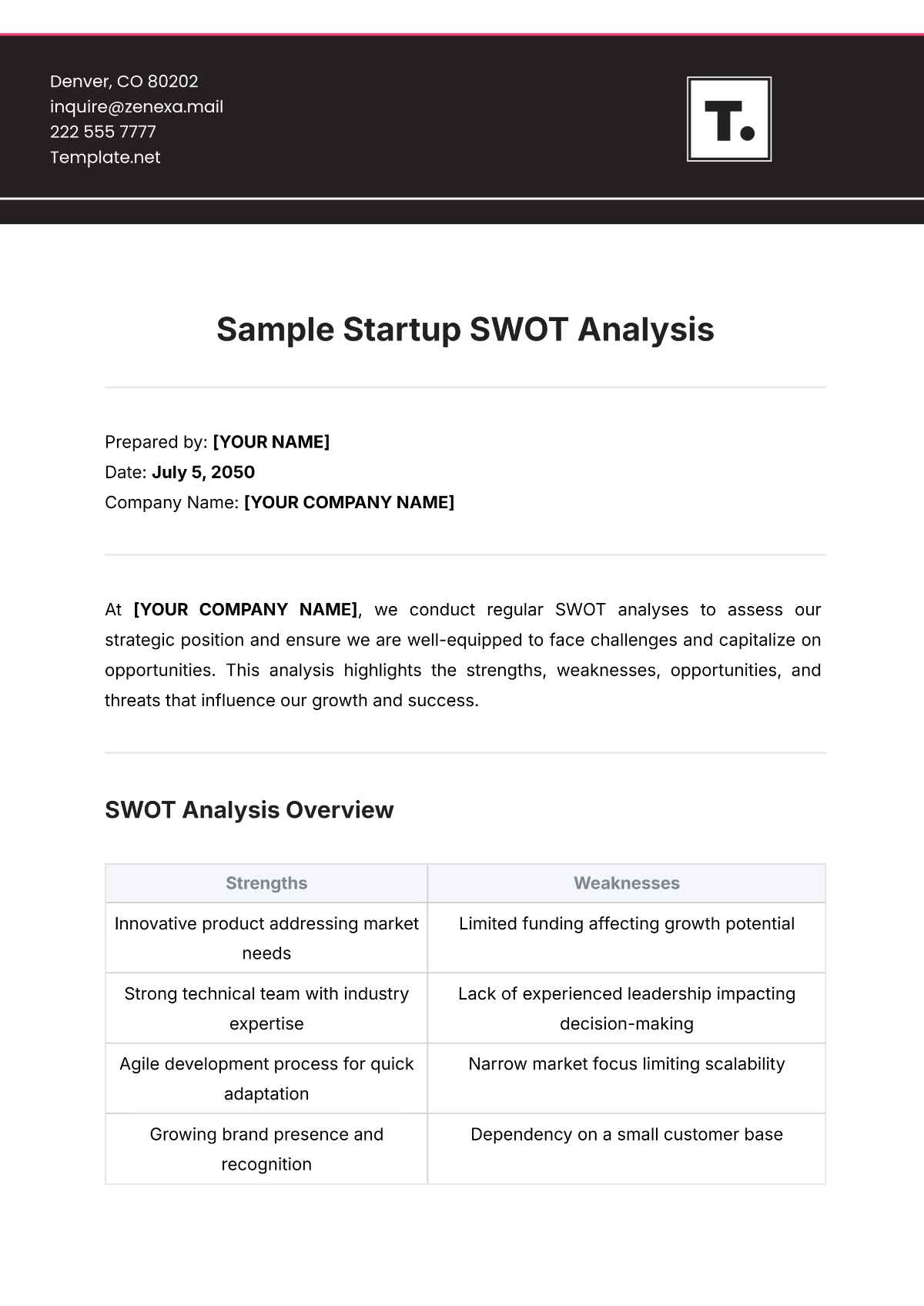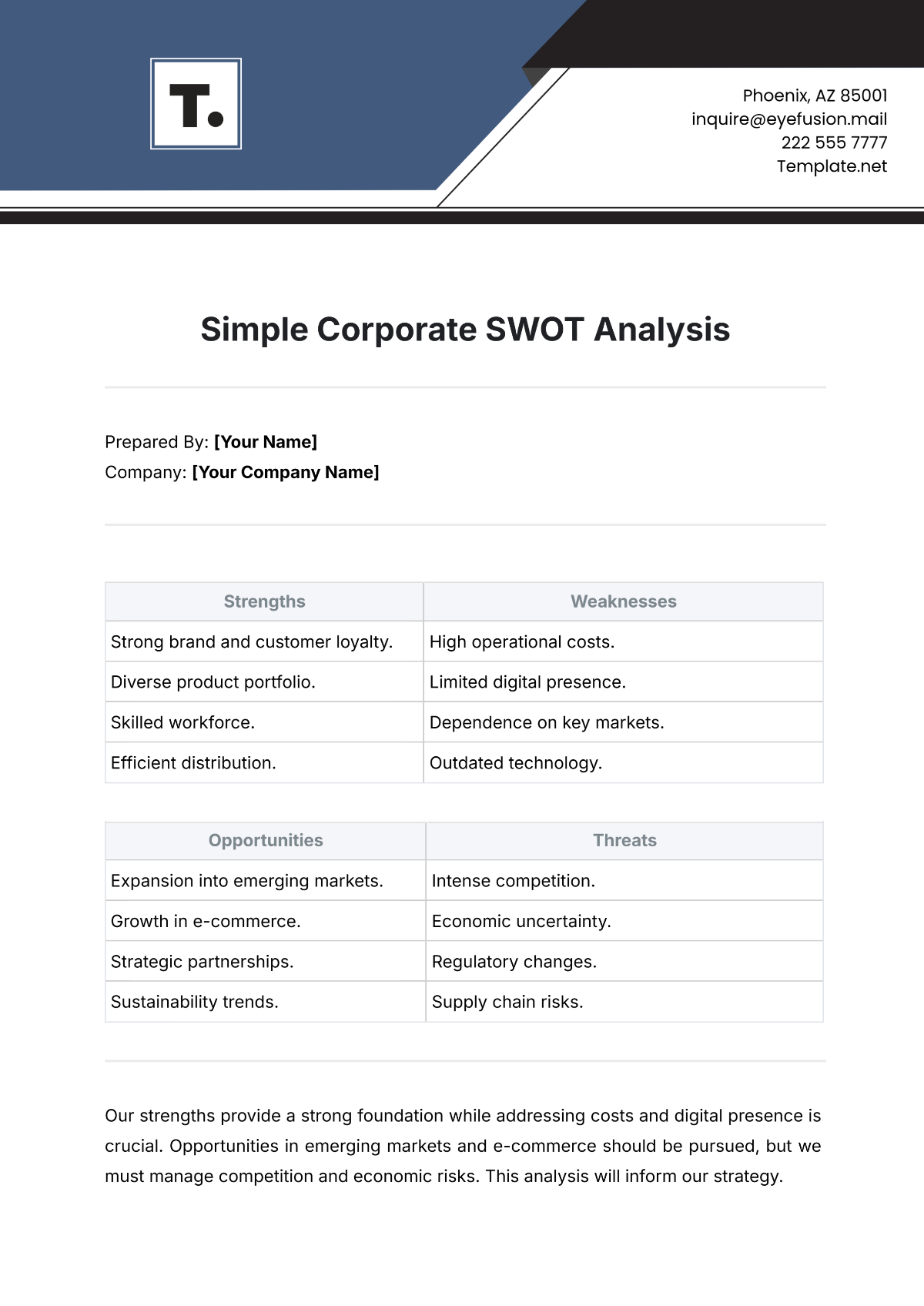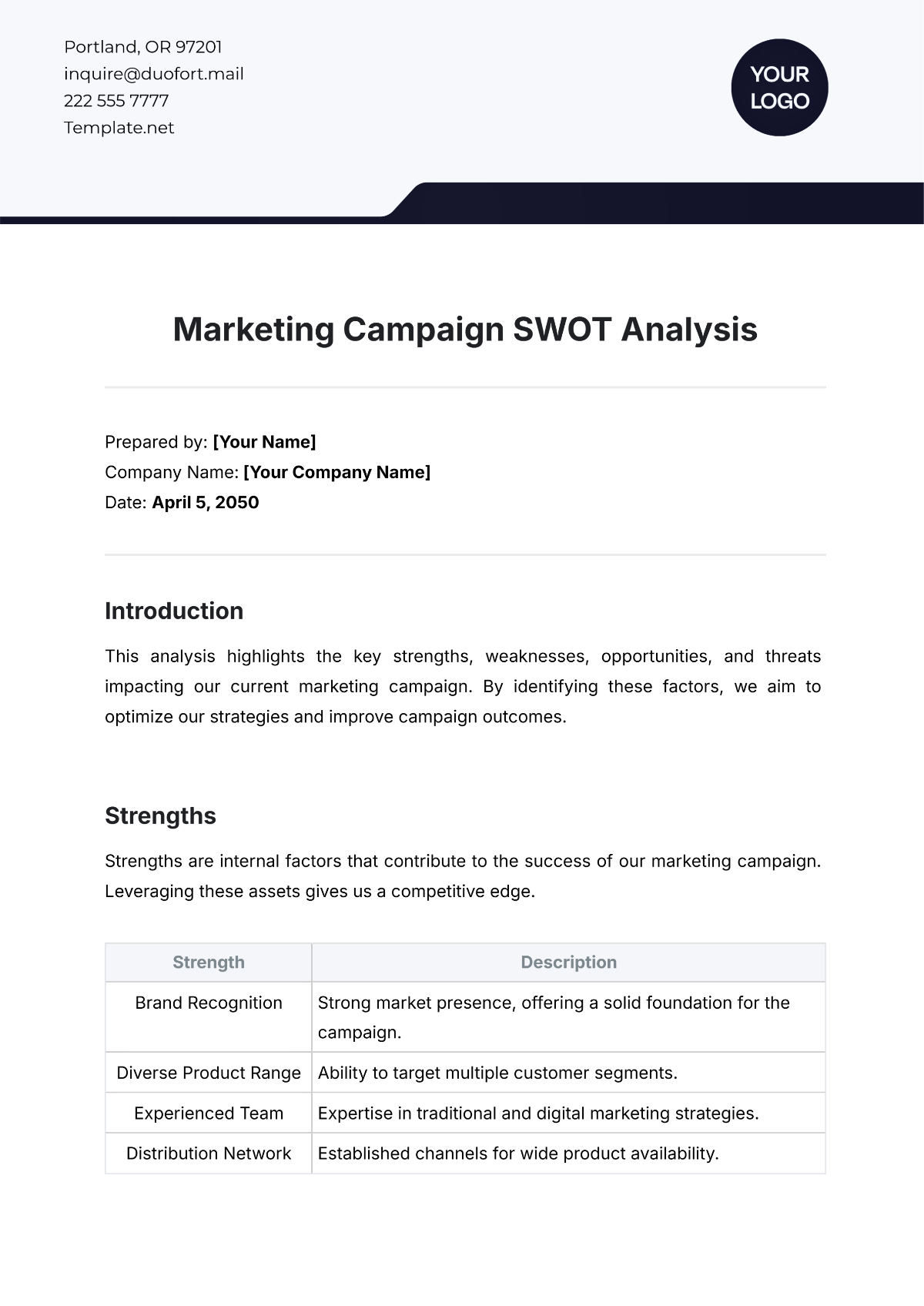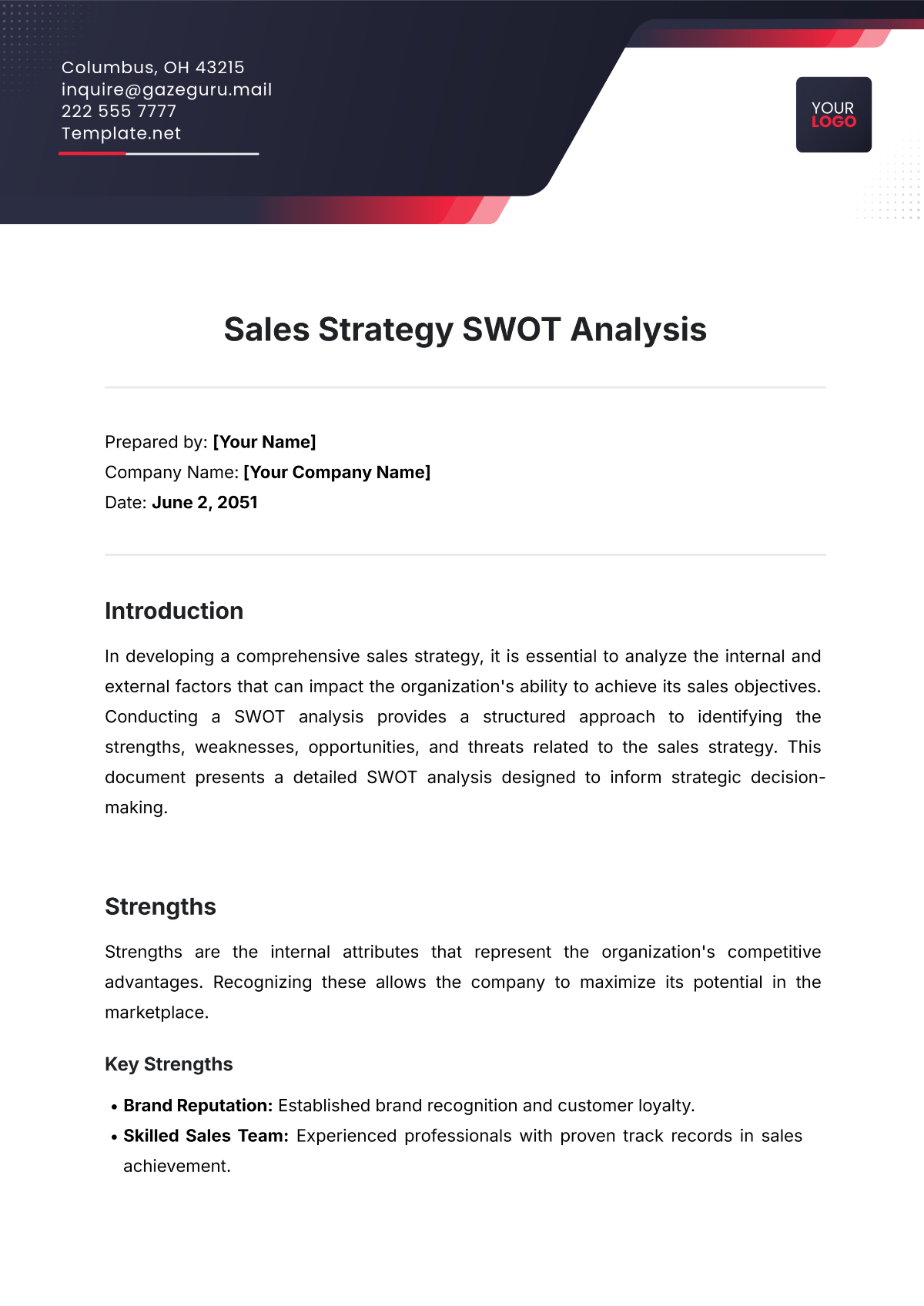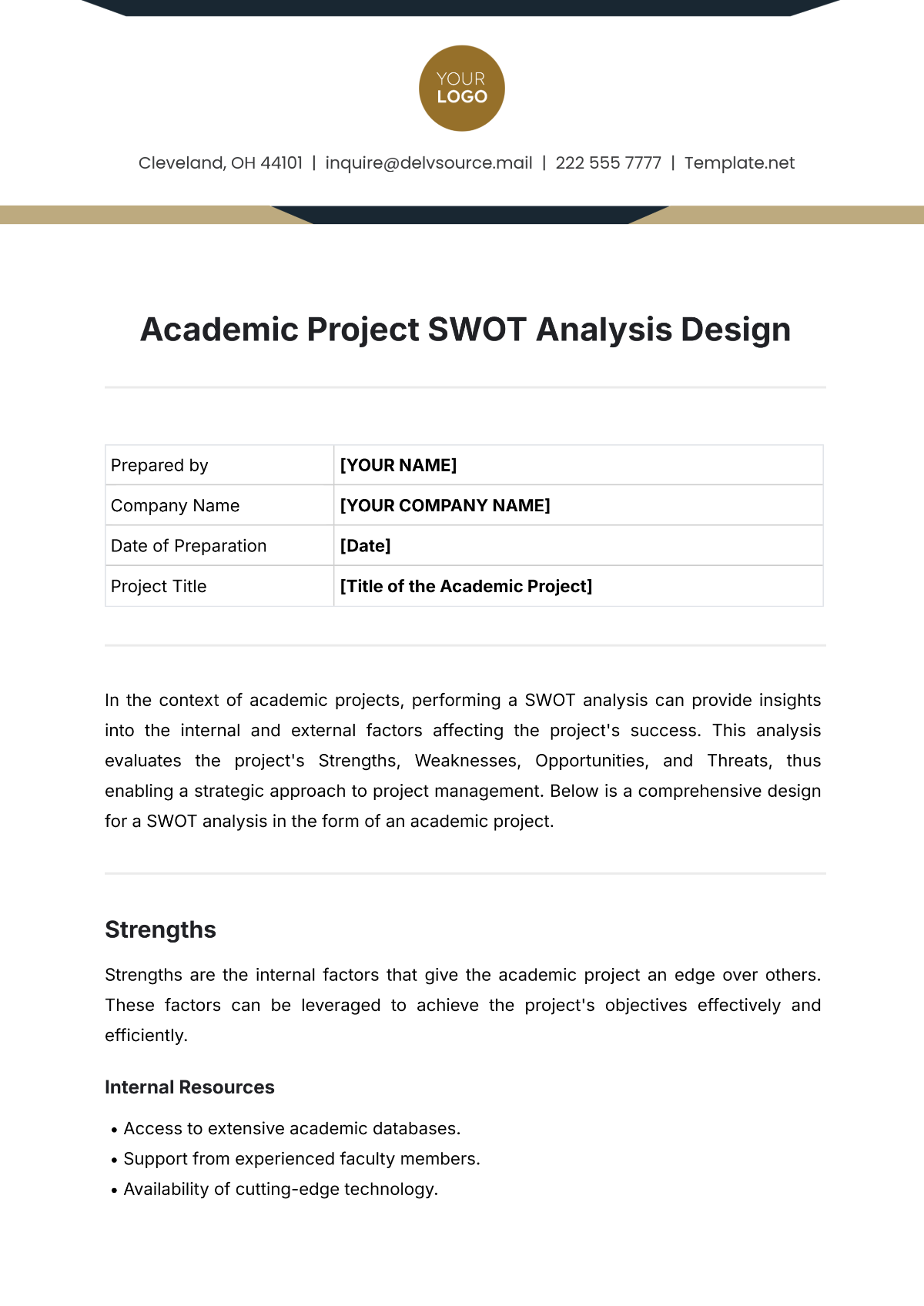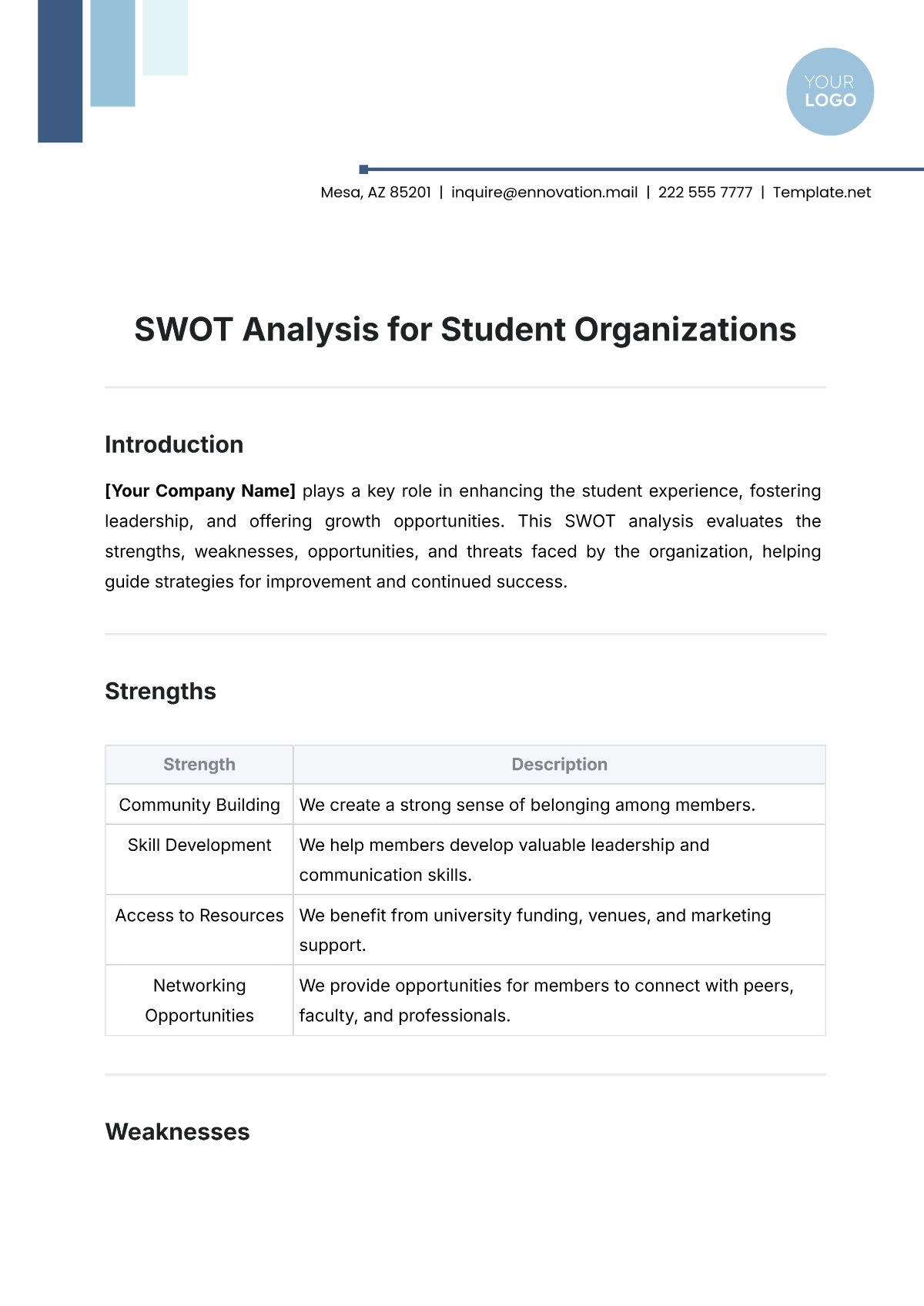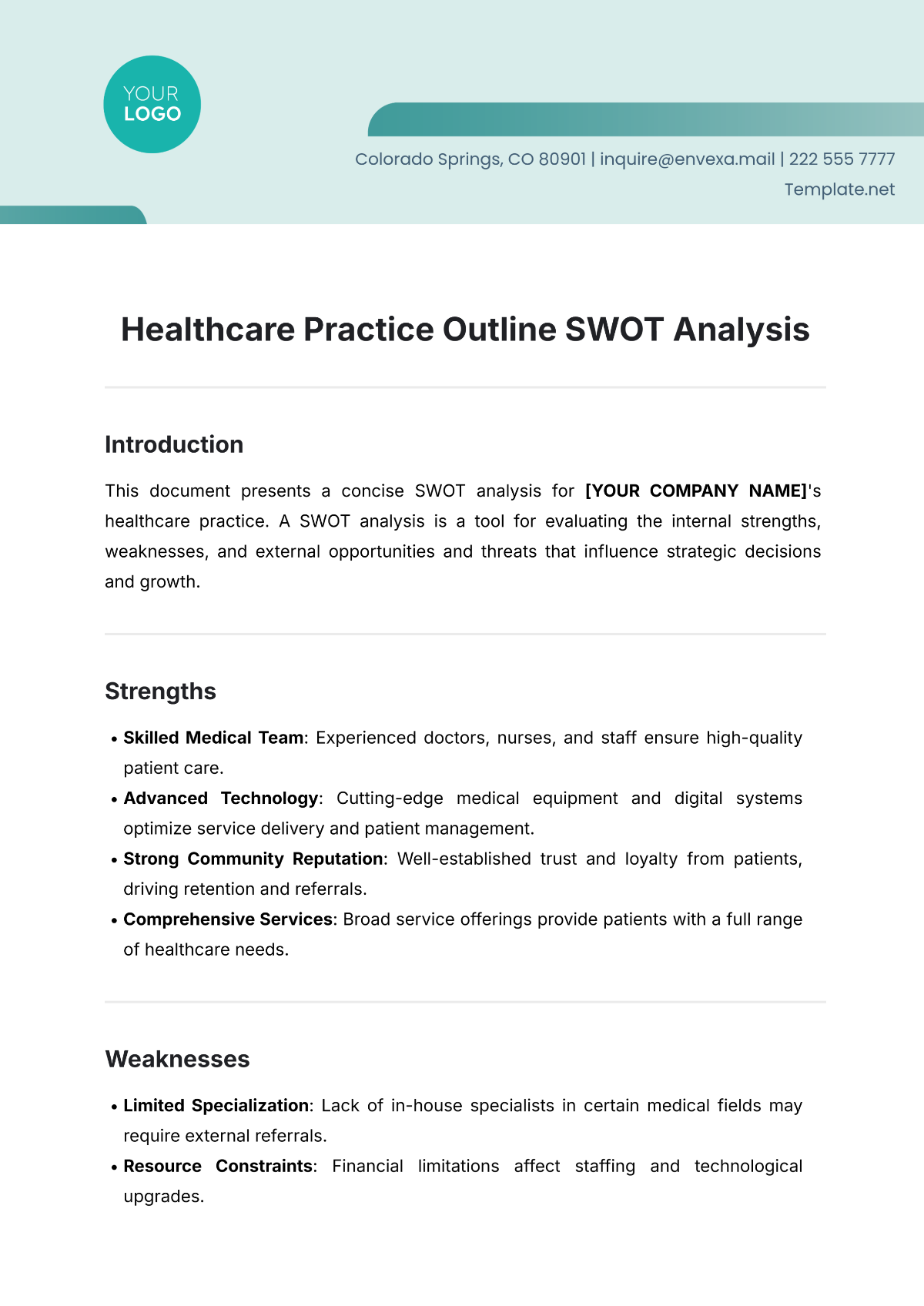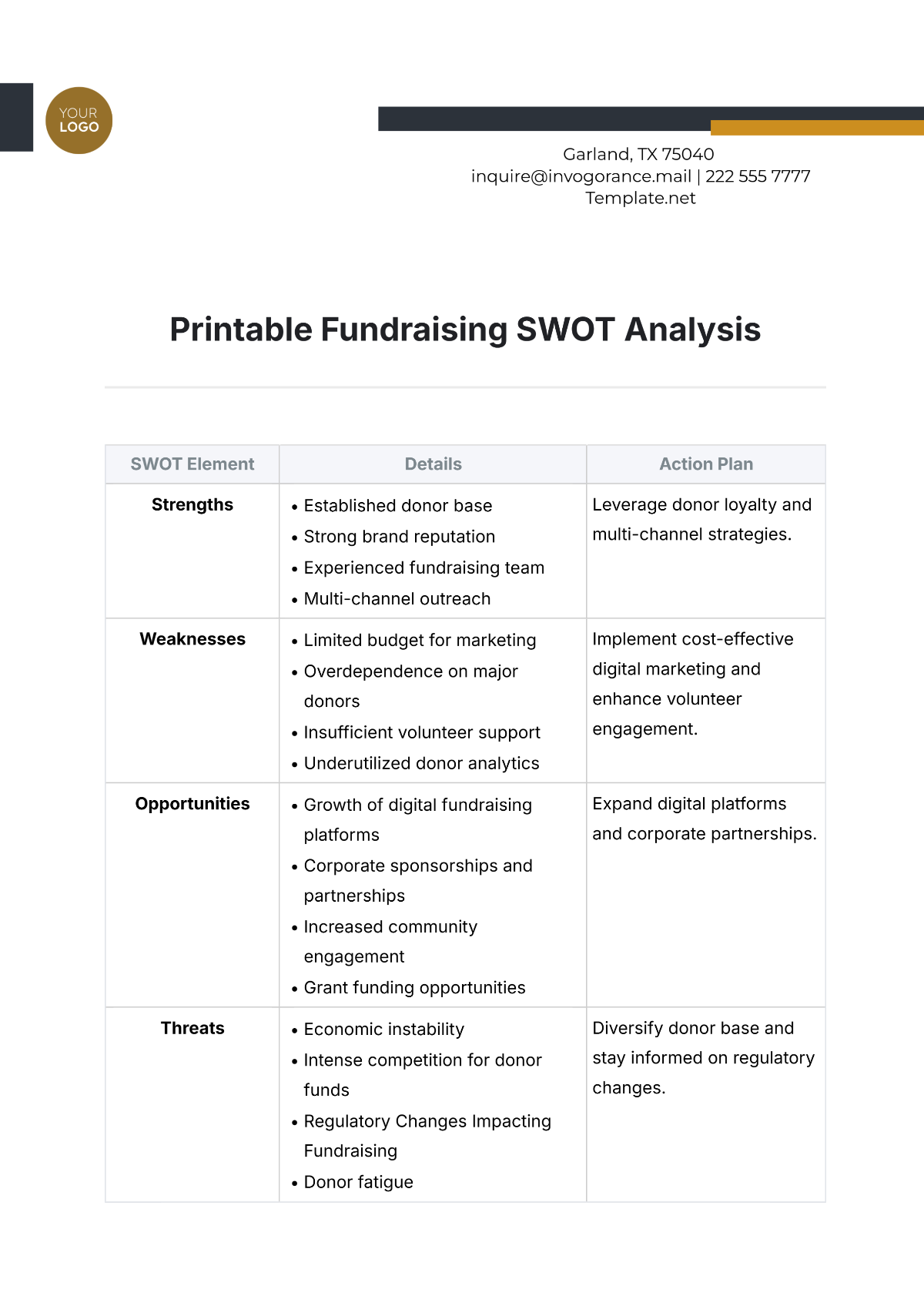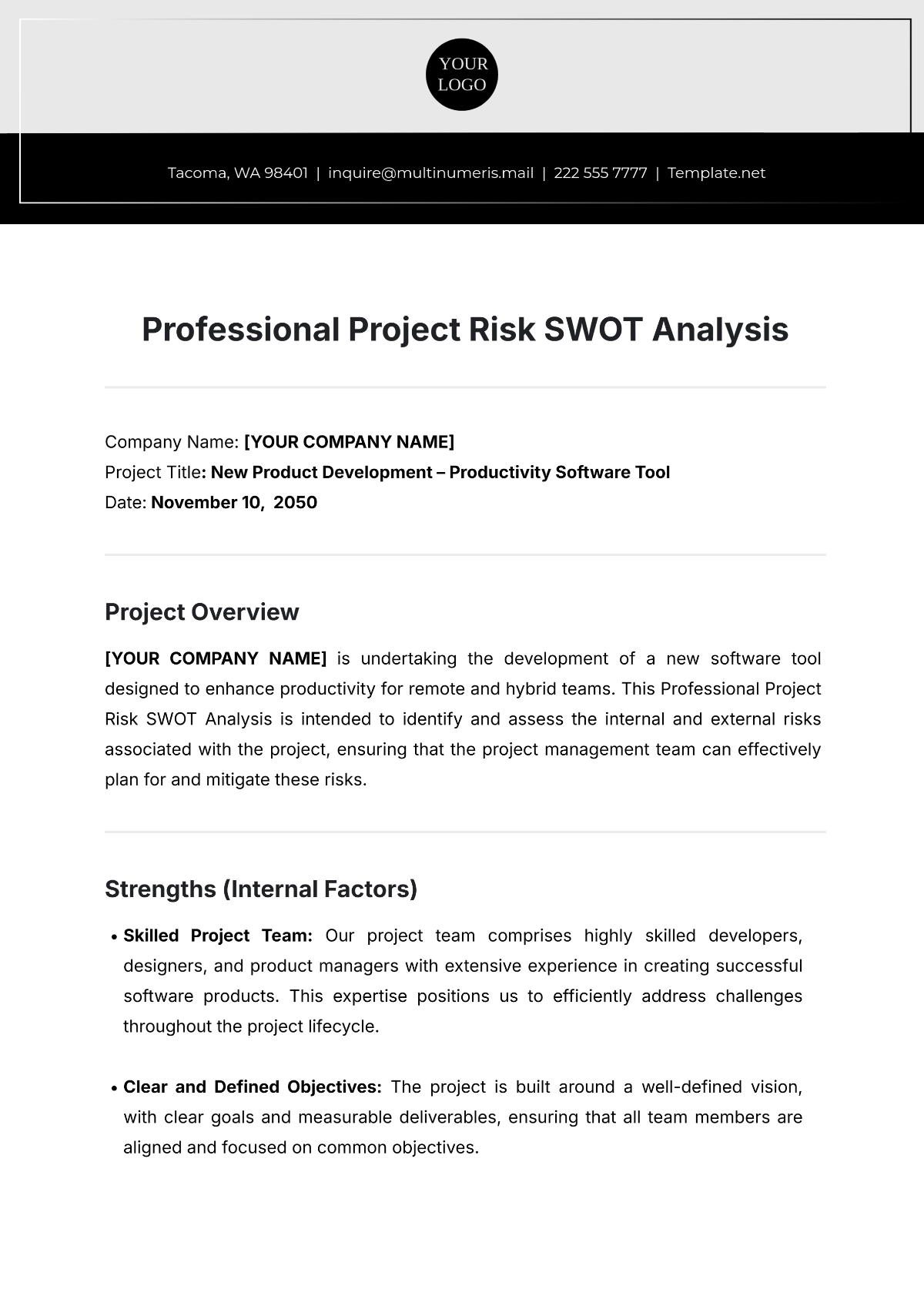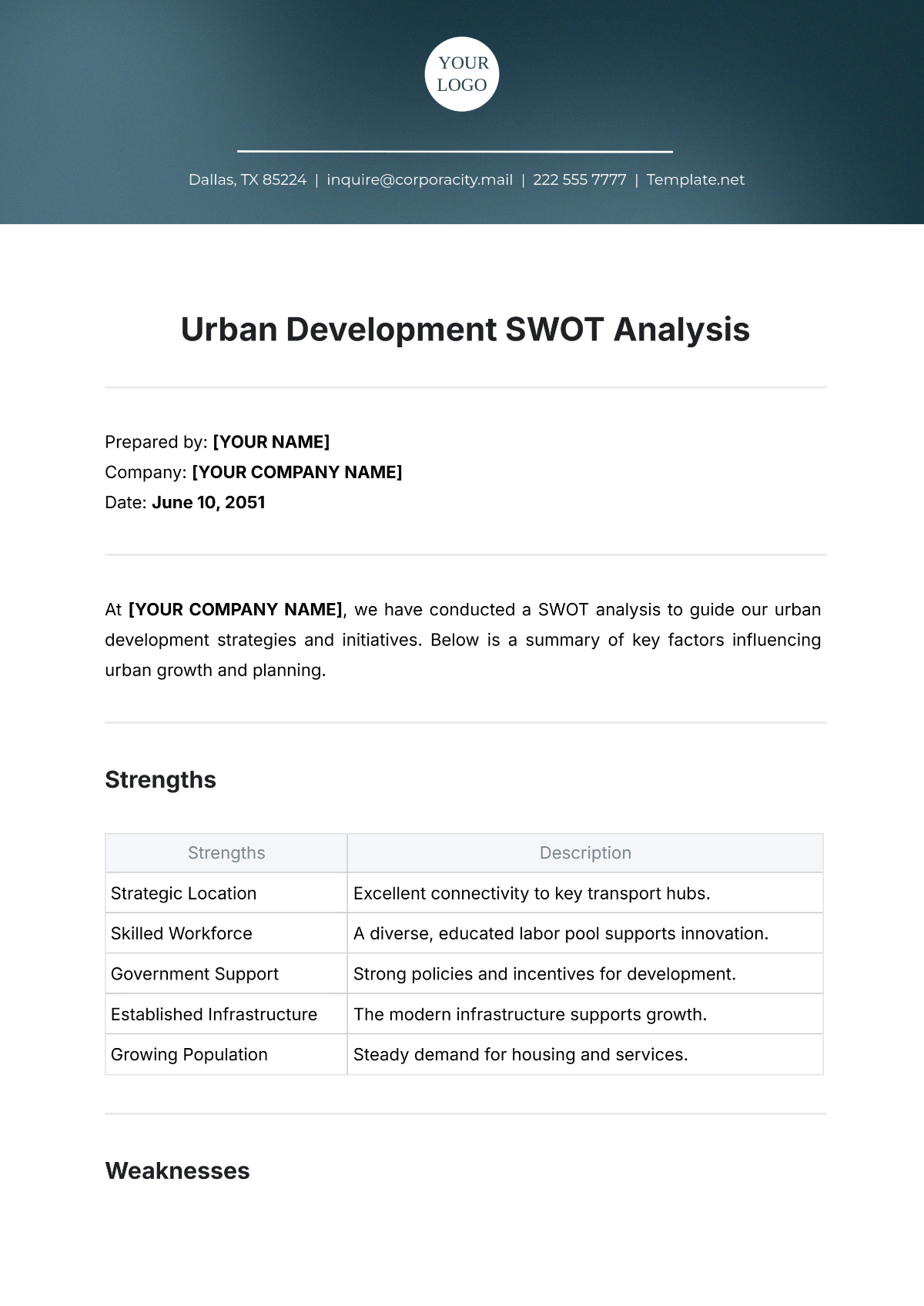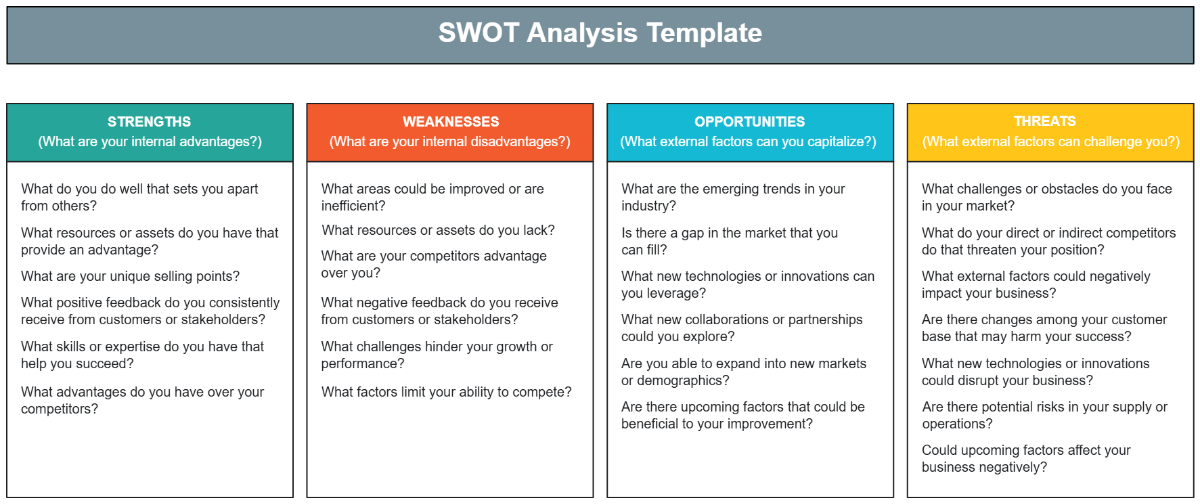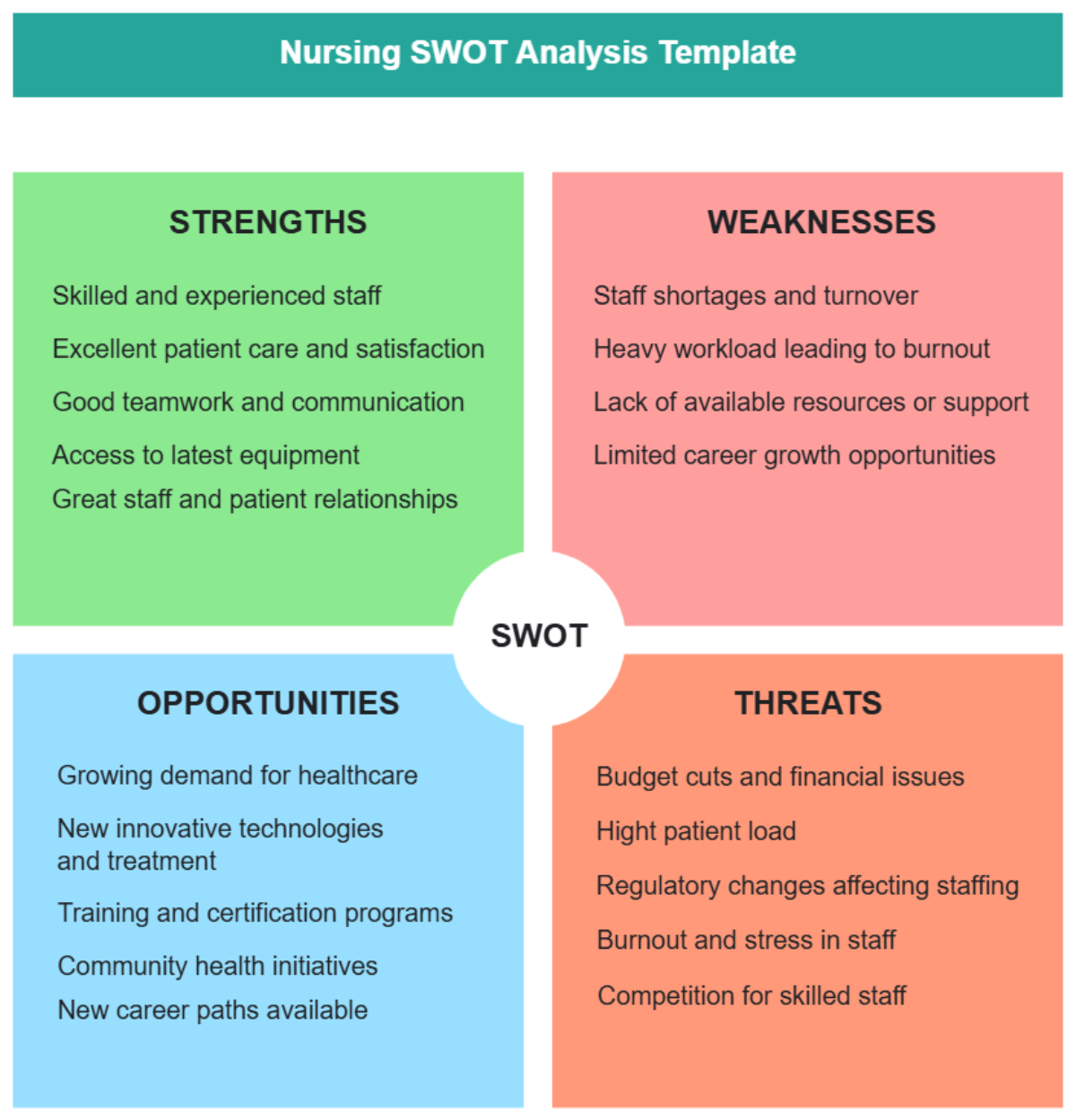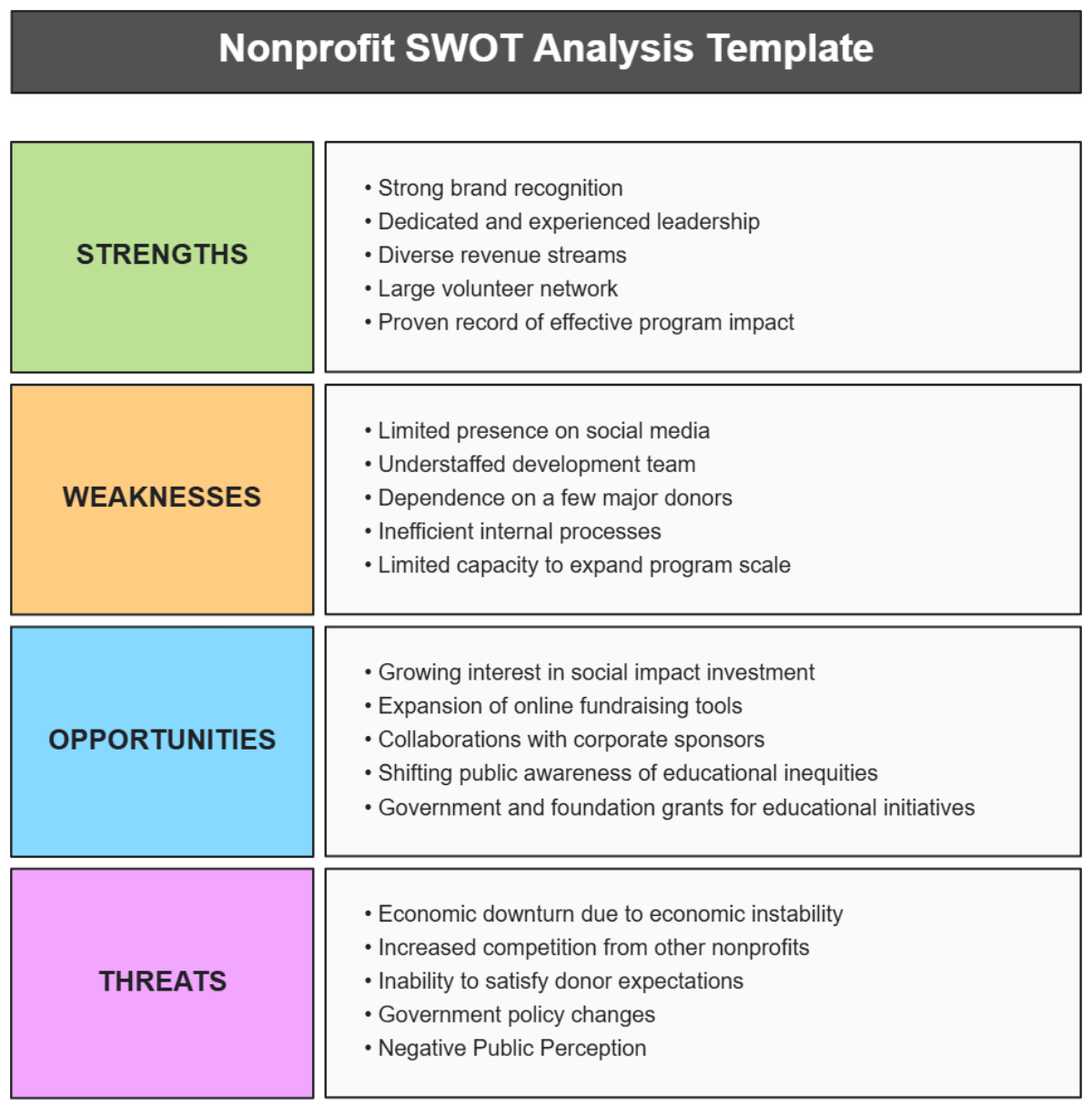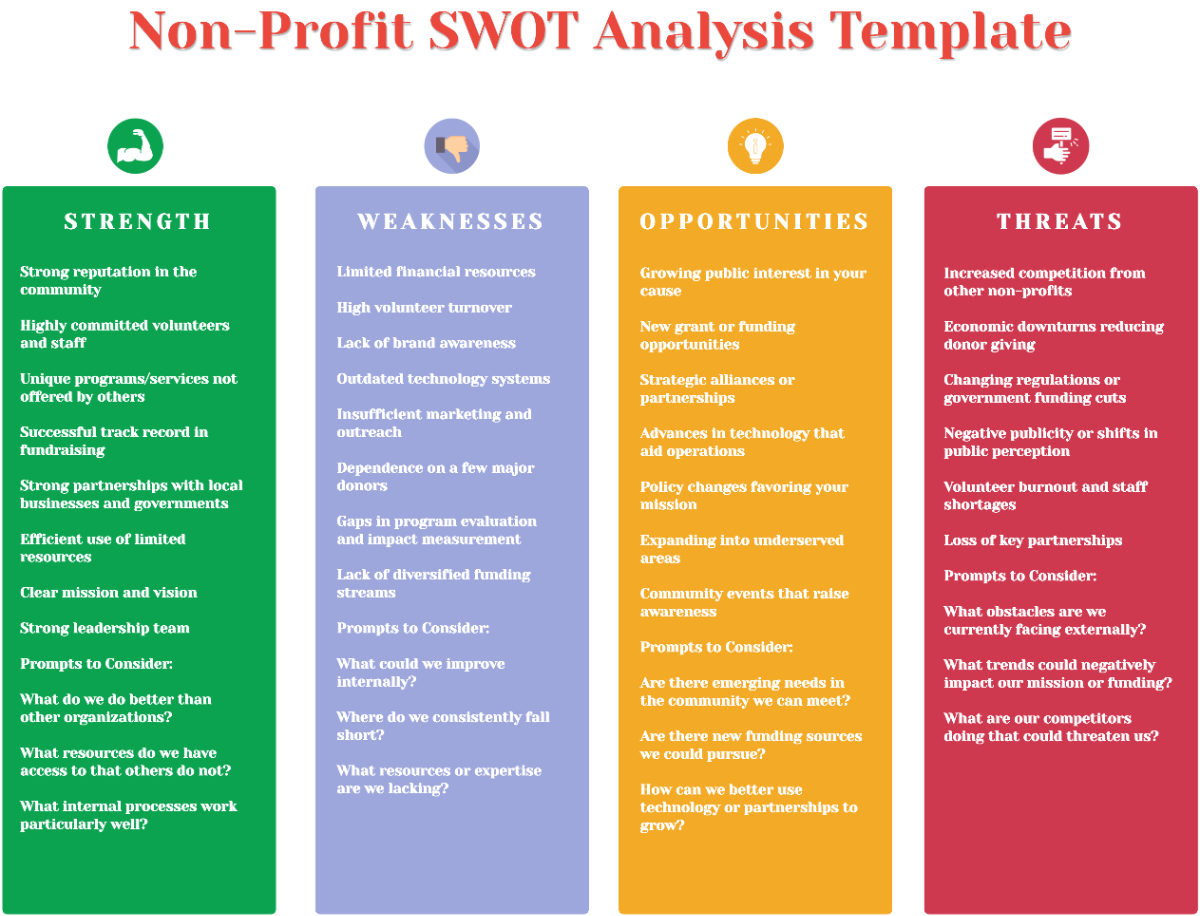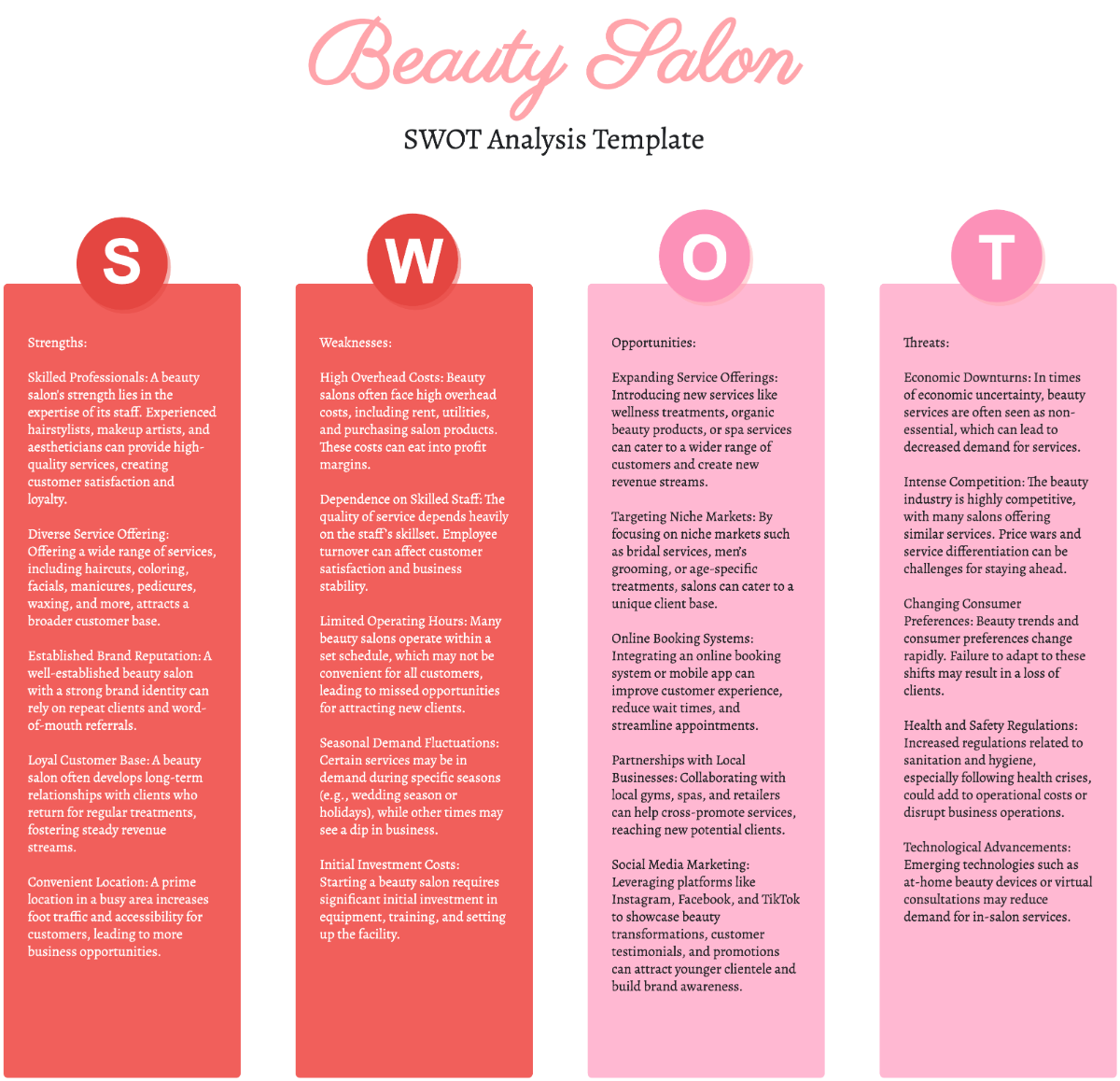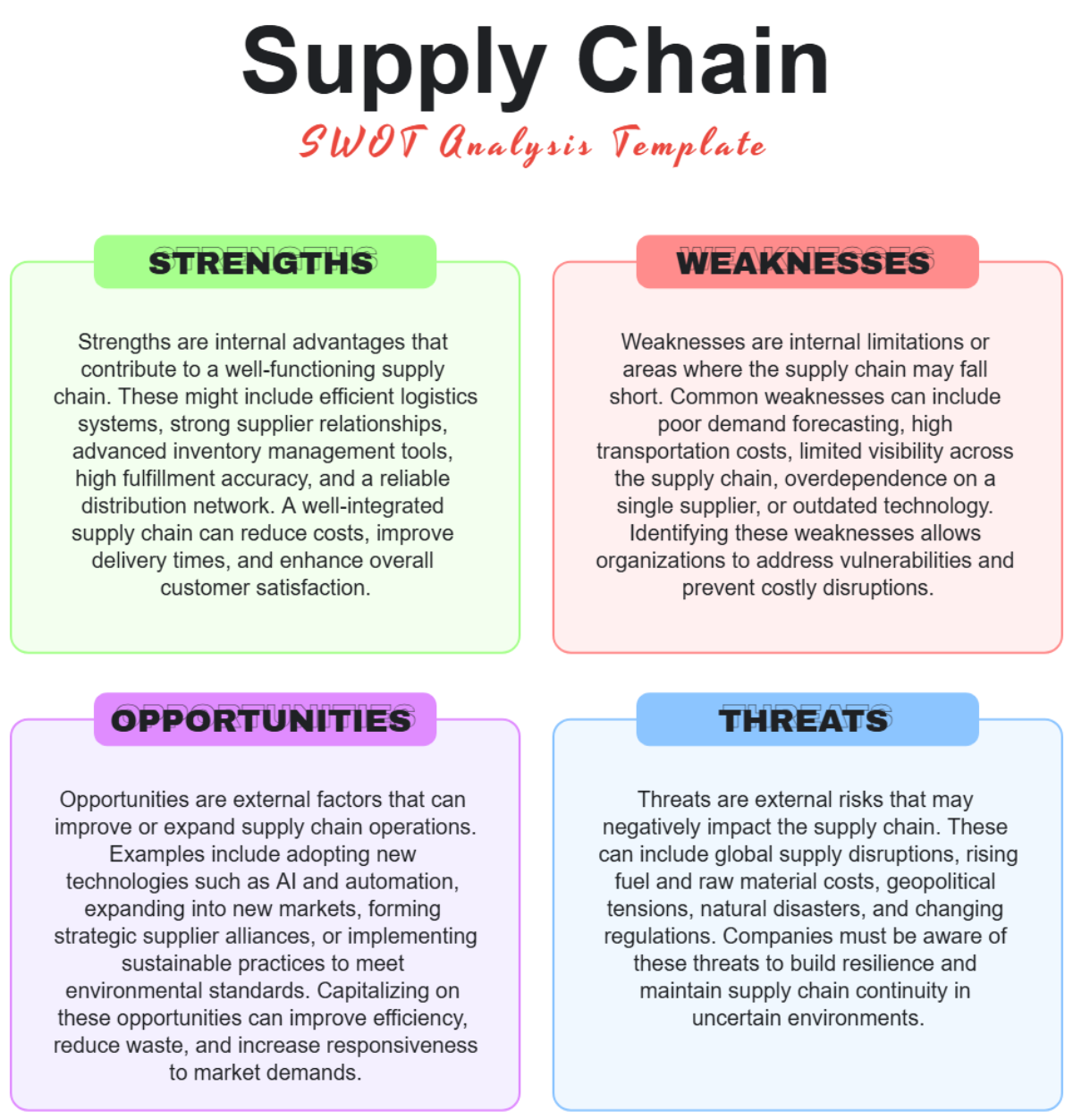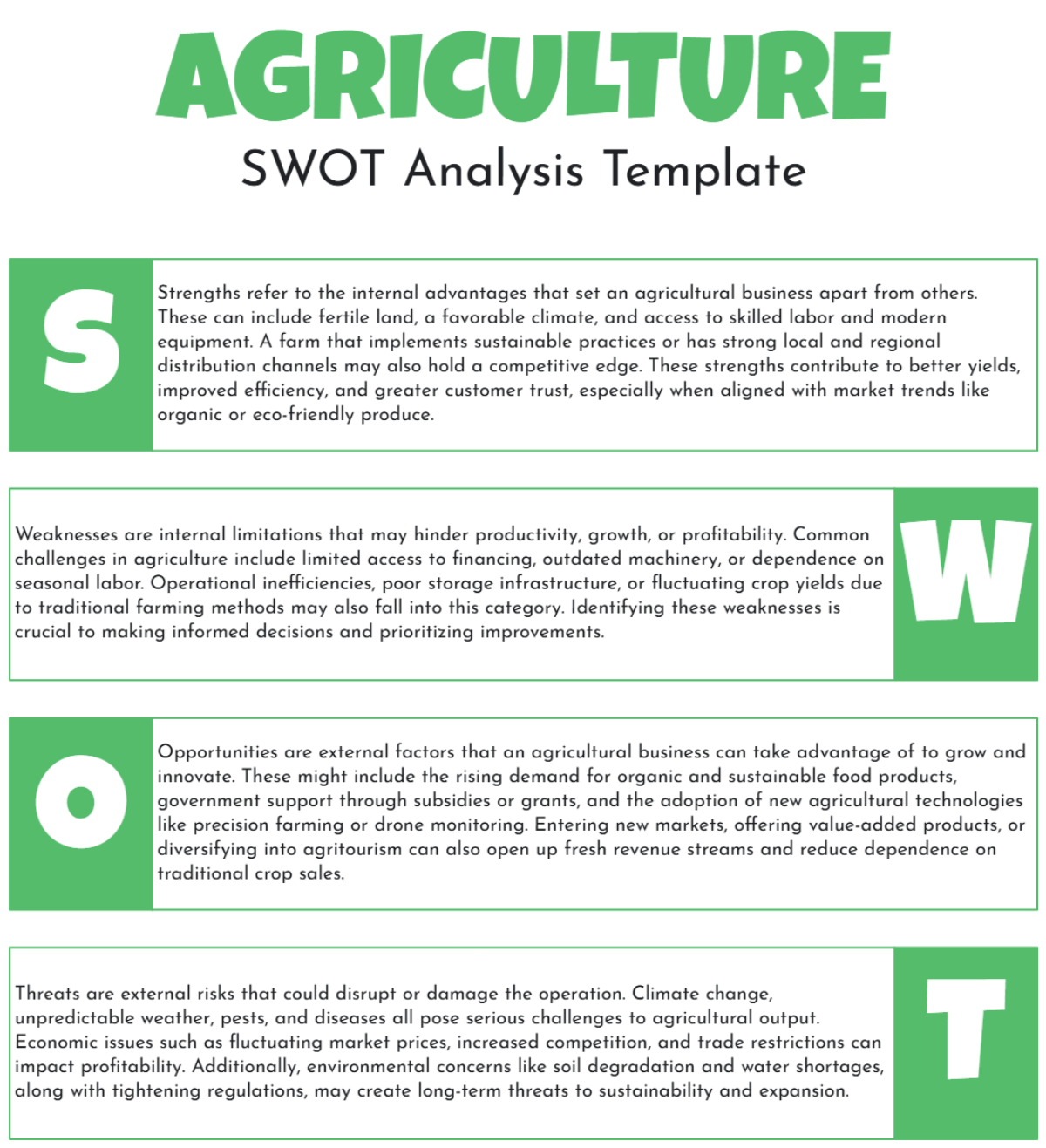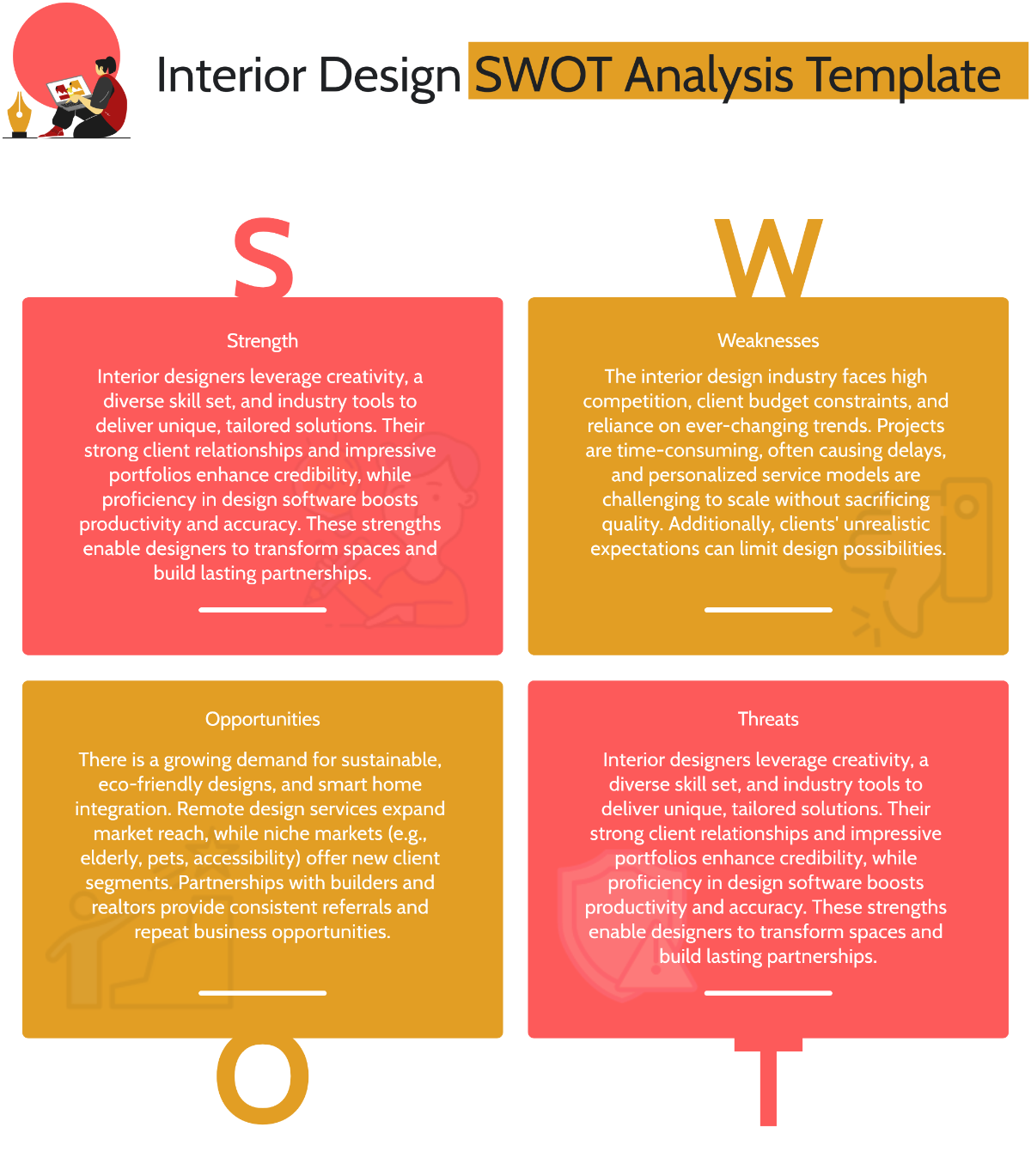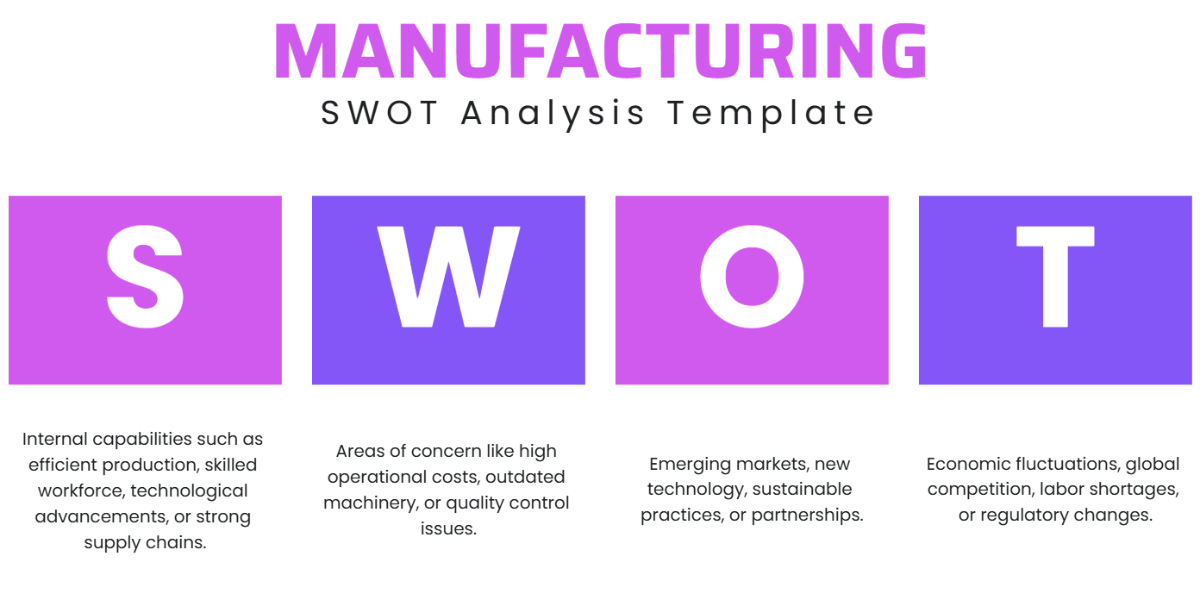SWOT Analysis of HR Strategies and Outcomes
TABLE OF CONTENTS
Introduction...........................................................................................................3
Purpose of the SWOT Analysis......................................................................................3
Context and Scope.........................................................................................................3
SWOT Analysis Table.............................................................................................3
Strengths...............................................................................................................4
HR Strategy Strengths...................................................................................................4
Positive HR Outcomes....................................................................................................4
Employee Engagement and Satisfaction......................................................................5
Talent Acquisition and Retention...................................................................................5
Weaknesses...........................................................................................................5
HR Strategy Weaknesses...............................................................................................5
Areas Requiring Improvement........................................................................................5
Skills and Resource Gaps...............................................................................................6
Compliance and Regulatory Challenges.......................................................................6
Opportunities.........................................................................................................6
External Opportunities....................................................................................................6
Potential HR Enhancements...........................................................................................6
Market and Industry Trends...........................................................................................7
Emerging HR Technologies............................................................................................7
Threats...................................................................................................................7
External Threats..............................................................................................................7
Risks to HR Initiatives.....................................................................................................7
Competitive Workforce Landscape...............................................................................8
Legal and Ethical Risks...................................................................................................8
SWOT Analysis Summary......................................................................................8
Synthesis of Findings.....................................................................................................8
Key Takeaways................................................................................................................8
Actionable Insights.........................................................................................................8
Conclusion.............................................................................................................9
Next Steps.......................................................................................................................9
Continuous Improvement...............................................................................................9
Acknowledgment of Contributors.................................................................................9
Introduction
Purpose of the SWOT Analysis
The SWOT Analysis of HR Strategies and Outcomes serves the purpose of evaluating the current state of human resources initiatives within [Company Name]. It aims to identify areas of strength, areas requiring improvement, external opportunities, and potential threats to HR strategies and outcomes.
Context and Scope
Within the dynamic landscape of modern business, the role of human resources is pivotal in driving organizational success. This SWOT analysis aims to assess the performance of our HR strategies and outcomes, considering both internal and external factors. It helps us evaluate our HR practices, pinpoint areas of excellence, address shortcomings, and seize opportunities for improvement.
The scope of this analysis encompasses a thorough review of our HR strategies, practices, and their resulting outcomes. We analyze internal factors, such as HR processes, workforce engagement, and talent management, alongside external factors, such as market trends, legal and regulatory changes, and competitive dynamics. This holistic approach informs our strategic decision-making process and positions us to build a more resilient, efficient, and competitive organization.
Our commitment to HR excellence is exemplified in our dedication to leveraging the insights from this analysis. Through collaboration, adaptability, and a shared commitment to our workforce, we will utilize the findings to drive meaningful change and improvement, ensuring that our HR strategies continue to play a pivotal role in our organizational success.
SWOT Analysis Table
Strengths | Weaknesses |
● Well-defined HR strategy ● Commitment to employee development ● Talent development programs ● Employee engagement and satisfaction ● Talent acquisition and retention | ● Performance measurement within HR processes lacks consistency and standardization ● Employee onboarding and orientation processes require refinement ● Communication between HR and employees needs to be strengthened ● Shortage of data analytics expertise ● Limited technology resources ● Non-compliance with specific labor laws ● Absence of comprehensive documentation |
Opportunities | Threats |
● Growing demand for remote work and flexible schedules ● Access to a diverse talent pool ● Expansion of employee wellness programs ● Market and industry trends ● Integration of artificial intelligence ● Adoption of cloud-based HR management systems | ● Economic downturns and recessions ● Increased competition for top talent ● Evolving labor laws and regulations ● Resistance to change among employees ● Budget constraints ● Cybersecurity threats ● Competitive workforce landscape |
Strengths
HR Strategy Strengths
● [Company Name] boasts a well-defined HR strategy that is closely aligned with our organizational objectives. This strategic alignment ensures that our HR initiatives directly contribute to our overall success.
● Our HR team demonstrates a high level of proficiency and expertise, consistently delivering innovative solutions that drive productivity, efficiency, and employee satisfaction.
● Our commitment to employee development is a core strength. Robust training and career advancement programs are in place, contributing to the continuous growth of our workforce.
Positive HR Outcomes
● Employee satisfaction scores consistently rank high, reflecting the success of our HR practices in fostering a positive and engaging work environment.
● We have effectively implemented talent development programs, nurturing a highly skilled workforce. This has led to internal promotions and reduced reliance on external hires.
● Our diversity and inclusion initiatives have yielded positive results, enhancing our organizational culture and strengthening our position as an inclusive employer.
Employee Engagement and Satisfaction
● [Company Name] enjoys the benefits of a highly engaged workforce. Employee engagement surveys consistently show strong participation and positive feedback.
● Low turnover rates indicate that our HR strategies effectively retain top talent. This is attributed to our competitive compensation packages and career growth opportunities.
● Employee morale remains high, promoting a collaborative and motivated work environment.
Talent Acquisition and Retention
● Our talent acquisition strategies are effective in attracting top candidates. Our reputation as an employer of choice aids in recruiting and retaining skilled professionals.
● High retention rates among top-performing employees are indicative of our commitment to recognizing and retaining top talent.
● Our competitive compensation and benefits packages continue to attract and retain high-caliber employees.
Weaknesses
HR Strategy Weaknesses
● Although our HR objectives are well-defined, there is room for improvement in long-term HR strategic planning. A more comprehensive strategic roadmap is required.
● Performance measurement within HR processes lacks consistency and standardization, impacting our ability to assess the success of initiatives effectively.
● Further alignment of HR practices with our organizational culture is needed to maximize their impact.
Areas Requiring Improvement
● Employee onboarding and orientation processes require refinement to enhance the initial employee experience and improve time-to-productivity.
● Communication between HR and employees needs to be strengthened to ensure that important information and policy changes are effectively disseminated.
● While we excel in certain areas of training and development, succession planning for critical roles is an area that demands attention.
Skills and Resource Gaps
● A shortage of data analytics expertise within our HR team hinders our ability to leverage data-driven insights effectively.
● Limited technology resources impede the implementation of advanced HR technologies that could enhance our operations and decision-making.
● Our training and development programs require expansion and improvement to address skill gaps and ensure a competitive workforce.
Compliance and Regulatory Challenges
● Non-compliance with specific labor laws poses a potential risk to our organization. Ensuring full compliance is imperative to mitigate legal and financial consequences.
● The absence of comprehensive documentation for HR policies and procedures leaves us exposed to potential legal and operational risks.
● Our diversity and inclusion compliance efforts need to be enhanced to meet the evolving legal requirements and societal expectations.
Opportunities
External Opportunities
● The growing demand for remote work and flexible schedules presents an opportunity for [Company Name] to attract and retain top talent by offering innovative work arrangements.
● Access to a diverse talent pool through remote recruitment allows us to tap into a broader range of skills and expertise.
● Emerging markets and global expansion opportunities provide the potential to diversify our workforce and tap into new customer bases.
Potential HR Enhancements
● The adoption of advanced HR technologies offers the potential to streamline processes, enhance decision-making through data analytics, and improve the overall efficiency of HR operations.
● Expanding our employee wellness programs in response to market trends around well-being can result in a healthier, more engaged workforce.
● Enhancing our diversity and inclusion initiatives aligns with evolving societal expectations and can further enrich our organizational culture.
Market and Industry Trends
● The increasing focus on employee well-being and mental health aligns with our commitment to a supportive work environment. Addressing these trends can lead to increased employee satisfaction and productivity.
● The expansion of gig economy opportunities provides a flexible talent pool that can complement our workforce and meet fluctuating demands.
● Advancements in HR analytics and predictive HR can enable us to make data-driven decisions and better anticipate HR needs.
Emerging HR Technologies
● Integration of artificial intelligence in HR processes can automate routine tasks, improve the accuracy of hiring decisions, and enhance employee engagement through personalized recommendations.
● The adoption of cloud-based HR management systems can enhance accessibility and data security while reducing administrative overhead.
● Enhanced data analytics capabilities for HR decision-making can provide insights into workforce trends, enabling proactive talent management.
Threats
External Threats
● Economic downturns and recessions can affect workforce stability, leading to potential layoffs and decreased employee morale.
● Increased competition for top talent within the industry may lead to higher recruitment costs and a reduced talent pool.
● Evolving labor laws and regulations can pose challenges in terms of compliance, requiring ongoing vigilance and adaptability.
Risks to HR Initiatives
● Resistance to change among employees may hinder the successful implementation of new HR initiatives, such as technology adoption or process improvements.
● Budget constraints, particularly in uncertain economic conditions, may impact HR investments, potentially limiting our ability to attract and retain top talent.
● Cybersecurity threats and data breaches can compromise sensitive HR data, leading to legal, financial, and reputational risks.
Competitive Workforce Landscape
● Competitors poaching key employees can result in a loss of critical talent and knowledge.
● Skills shortages in critical job roles may hinder our ability to fulfill key business objectives, particularly if we rely on these roles.
● The global talent mobility trend may lead to a talent drain, as skilled workers explore international opportunities, potentially creating gaps within our workforce.
Legal and Ethical Risks
● Employment discrimination claims can lead to legal consequences and harm our reputation as a diverse and inclusive employer.
● Privacy concerns related to HR data management may lead to regulatory penalties and loss of employee trust.
● Regulatory fines and penalties for non-compliance with labor laws can result in financial and operational setbacks.
SWOT Analysis Summary
Synthesis of Findings
● HR strategies align well with organizational objectives.
● Significant opportunities exist for HR technology enhancements.
● Employee engagement and retention are strong points.
● Compliance and legal risks require attention.
Key Takeaways
● Leverage strengths to seize opportunities.
● Address weaknesses to mitigate threats.
● Continuous improvement in HR strategies is crucial.
● Invest in technology and compliance measures.
Actionable Insights
● Develop a long-term HR strategic plan.
● Strengthen employee onboarding and training.
● Embrace emerging HR technologies.
● Enhance compliance and diversity initiatives.
Conclusion
Next Steps
● Develop a detailed action plan based on SWOT findings.
● Involve HR leadership and stakeholders in implementation.
● Monitor progress and regularly update the SWOT analysis.
Continuous Improvement
● Use this SWOT analysis as a tool for ongoing HR strategy evaluation.
● Encourage feedback and collaboration from HR teams and employees.
● Adapt to changing internal and external factors.
Acknowledgment of Contributors
[Company Name] would like to express gratitude to all contributors and stakeholders involved in the SWOT analysis process. Your insights and input are invaluable in driving HR excellence within our organization.

